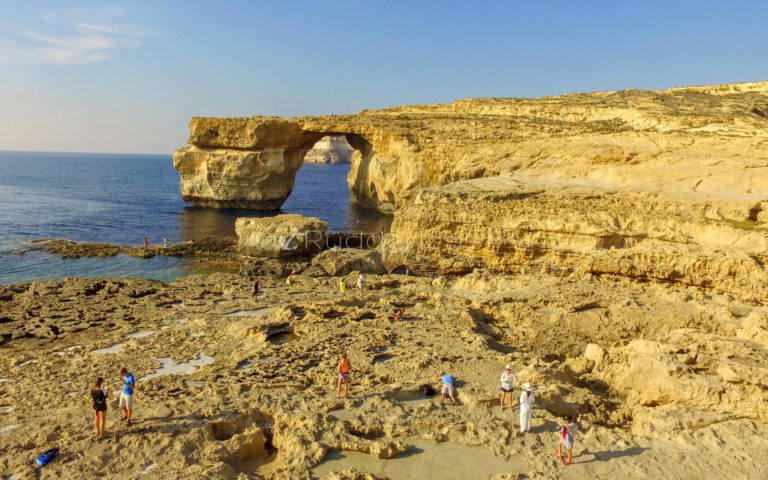Top Things To Do In Valletta Malta: 2 Day Malta Itinerary
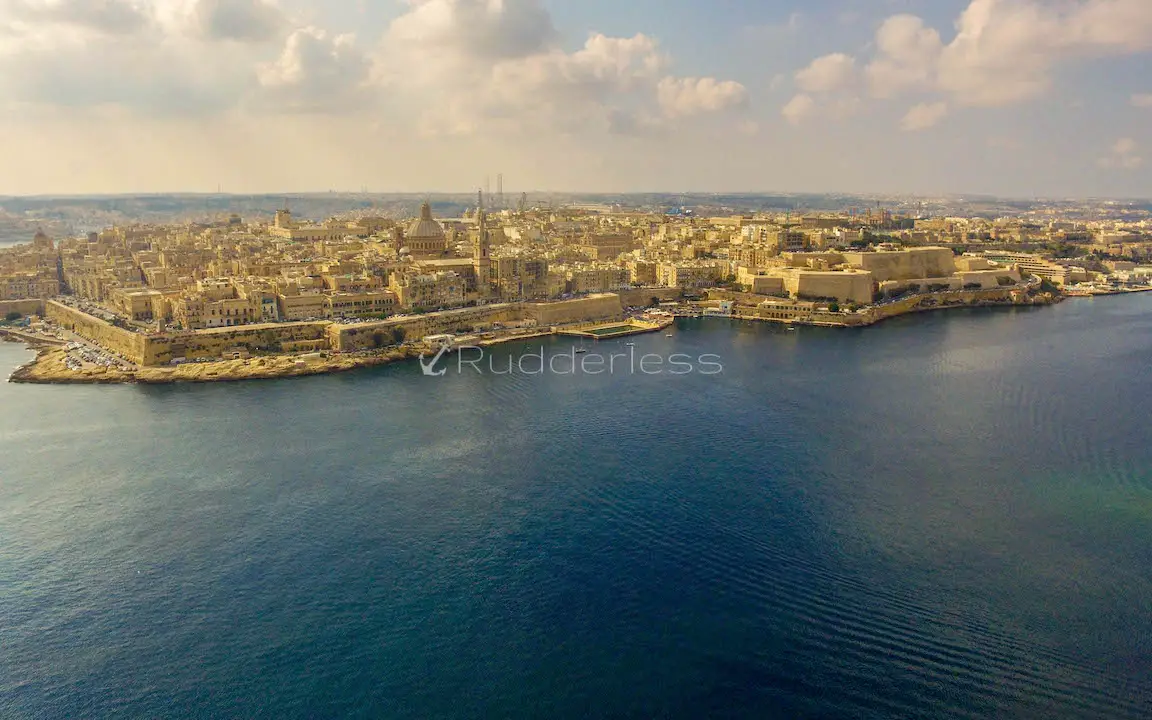
I had a friend from elementary school who was from Malta but other than that I never really thought anything of it.
Then the Mother of Dragons flew onto HBO and caught my attention.
Ever since the first season of Game of Thrones, I’ve been putting together a list of the top things to do in Valletta Malta and beyond. The silent city, Mdina was used as the original Kings Landing before the Lannister’s moved everything and set up shop in the walled city of Dubrovnik, Croatia.
From the Blue Grotto, Dingli Cliffs and Upper Barrakka Gardens, to the Blue Lagoon, Gozo and Comino, the more I researched places to visit in Valletta the more I fell in love with this gorgeous island – and who knows maybe I just might run into Daenerys Targaryen and her dragons.
The island of Malta reminds me of the cities I would try to create with a shovel, bucket, dump truck and digger in a sandbox as a child.
I have 3 days in Malta to create the perfect Malta itinerary but since my Airbnb is in Sliema, let’s start there but first some history.
Subscribe to our YouTube Channel for more in-depth stories and interviews.
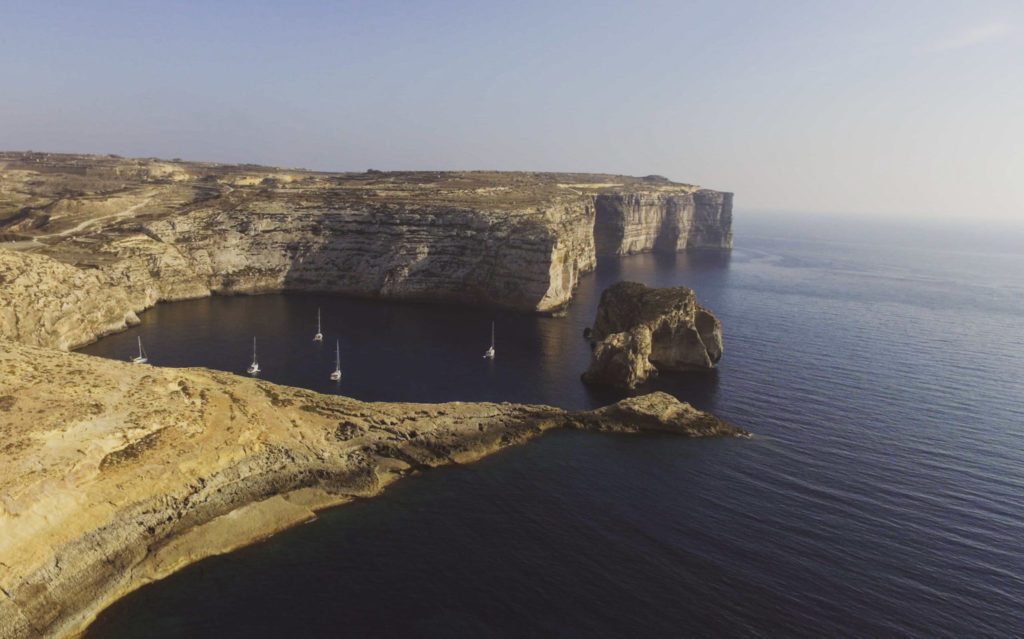
VALLETTA ATTRACTIONS: A UNESCO WORLD HERITAGE SITE
- Believe it or not, during the last Ice Age Malta was a high mountain joined to Italy by land.
- In about 5,200 BC, stone age farmers came to Malta from Sicily and started farming the soil using simple tools of stone and wood.
- Aside from making pottery and using primitive tools, those farmers created an advanced society which from about 3,600 BC to about 2,500 BC included great temples as well as a series of underground chambers.
- On 2 September 1798, the Maltese rose in rebellion against the French at Mdina.
- Malta joined the EU in 2004 and in 2008 Malta joined the Euro.
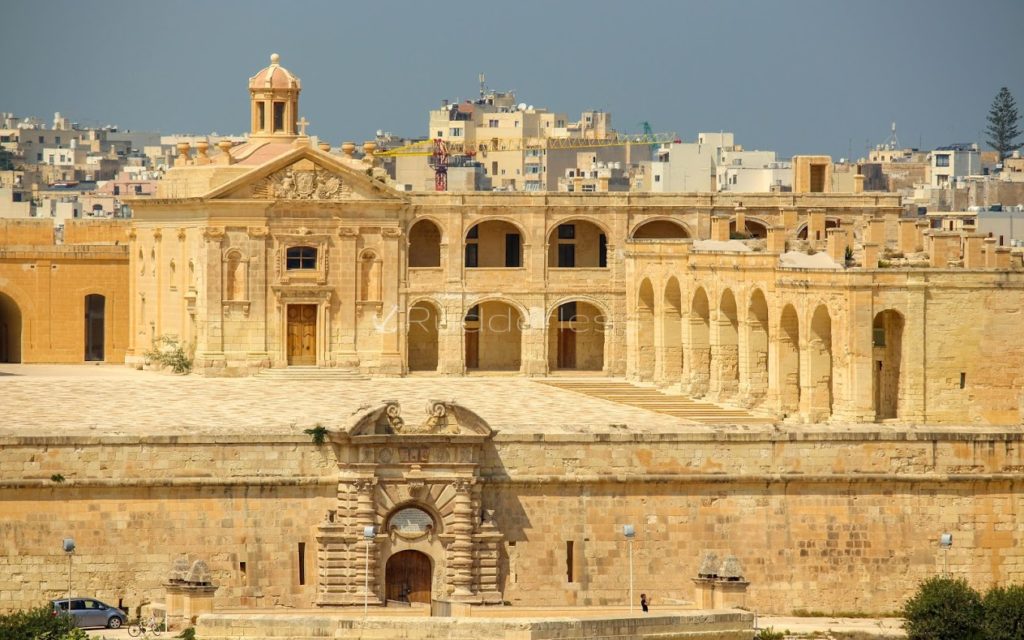
HOW TO GET TO MALTA
Plane
All flights arrive at Malta’s one international airport, which is no more than 45 minutes by car or taxi from anywhere on the main island, or a little longer by bus.
British Airways (ba.com) flies to Malta from Gatwick.
Malta’s national carrier, Air Malta (airmalta.com), goes from Heathrow, Gatwick and Manchester as well as smaller regional airports in summer (Glasgow, Birmingham, Bristol, Cardiff, Exeter, Newcastle and Norwich).
Boat
Cruises
As more and more tourists discover this beautiful island, an increasing number of cruise ships are stopping in Malta’s Grand Harbour just outside the city walls looking for things to do in Valletta from a cruise ship
Ferries
There is a regular ferry from Sicily to Malta / Malta to Sicily (both Catania & Syracuse) that docks at the Valletta Waterfront. Getting to and from can take as little as an hour and a half and are run by Virtu Ferries (virtuferries.com).
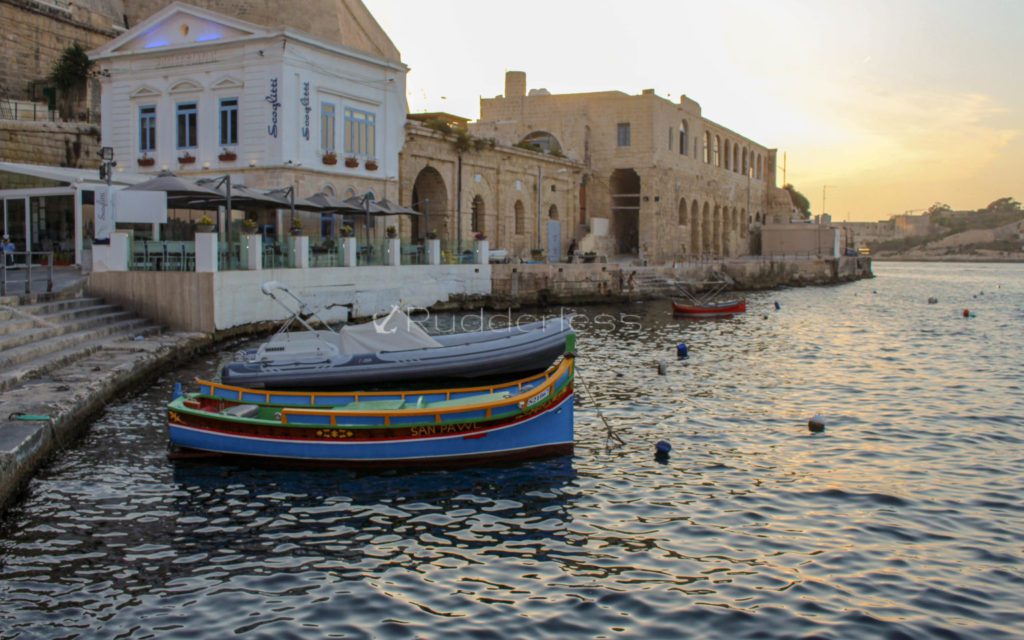
WHERE TO STAY IN MALTA
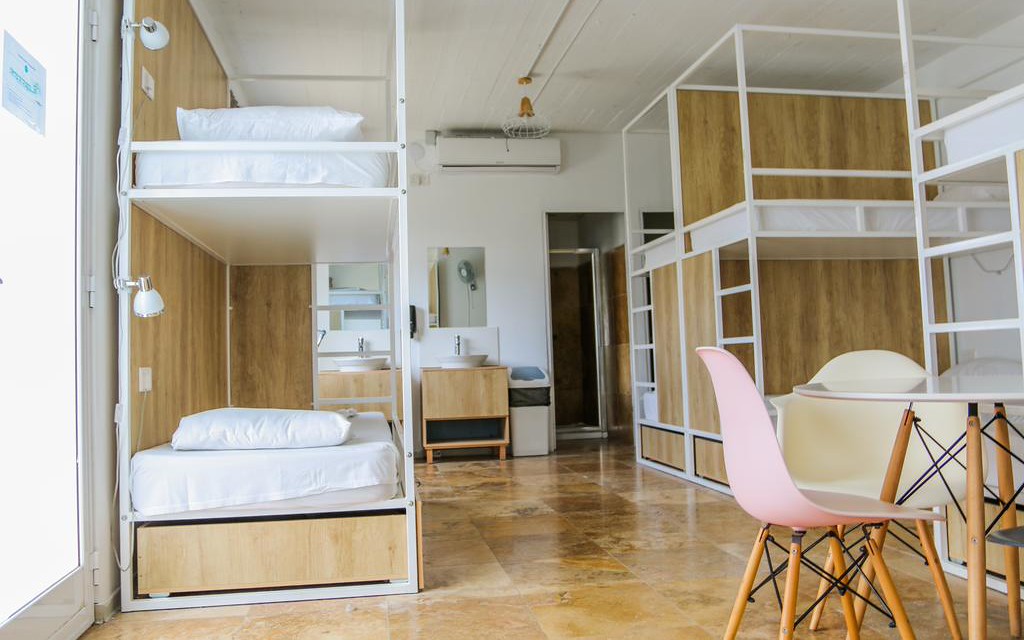
Here at Inhawi, there is a small garden with hammocks and a swimming pool and the sea is just 300 meters away. Inhawi Boutique Hostel is one of the best hostels in Malta for male and female solo travellers and couples!
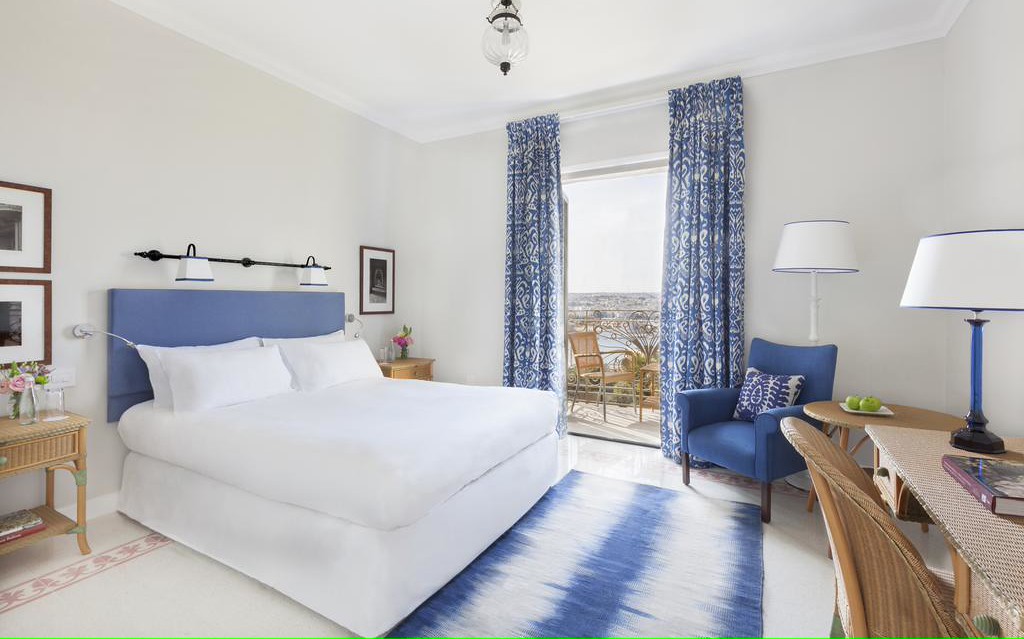
Phoenicia is just outside the City Gate with a garden and outdoor pool. It’s a 10-minute walk to most of the sights and restaurants in Valletta. The infinity pool beneath the bastion walls overlooks the Marsamxett Harbour.
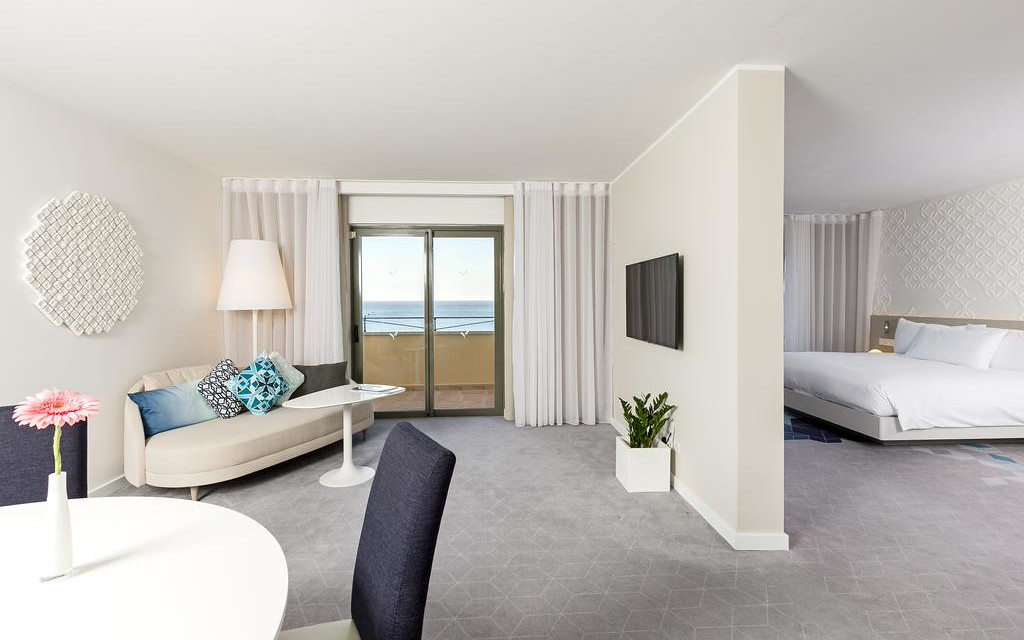
Hilton Malta is located in the Portomaso Yacht Marina, 15 minutes away from Valletta and has, yes count them – three restaurants, four bars, four outdoor pools, two children’s pools and a heated indoor pool area.
PLACES TO SEE IN MALTA: SLIEMA (DAY 1)
As I mentioned off the top my Airbnb was located in Sliema. It’s such a beautiful part of Malta with a couple of gems so I figure we could start here.
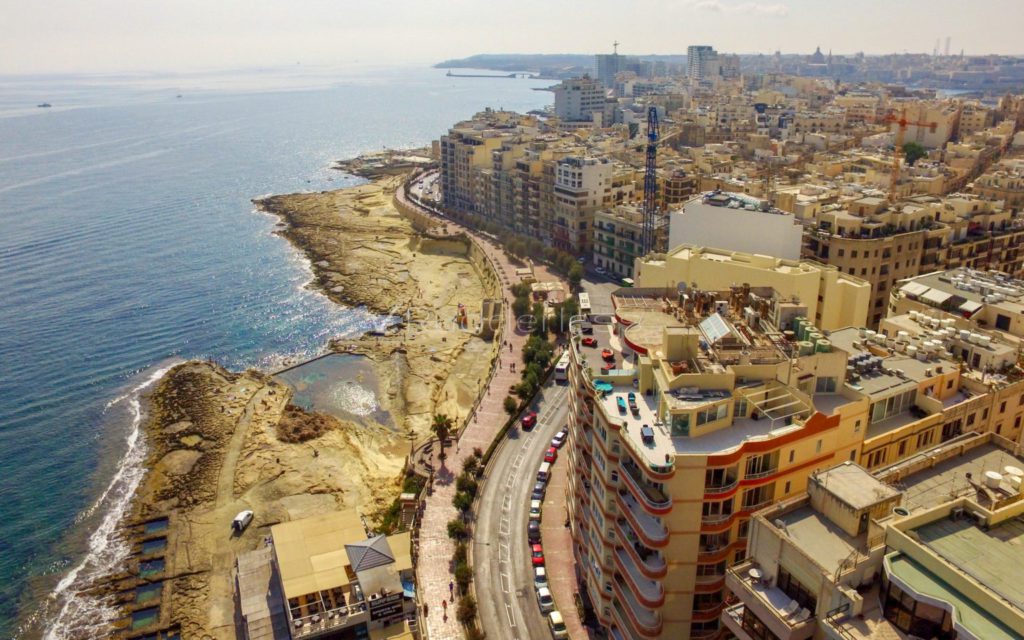
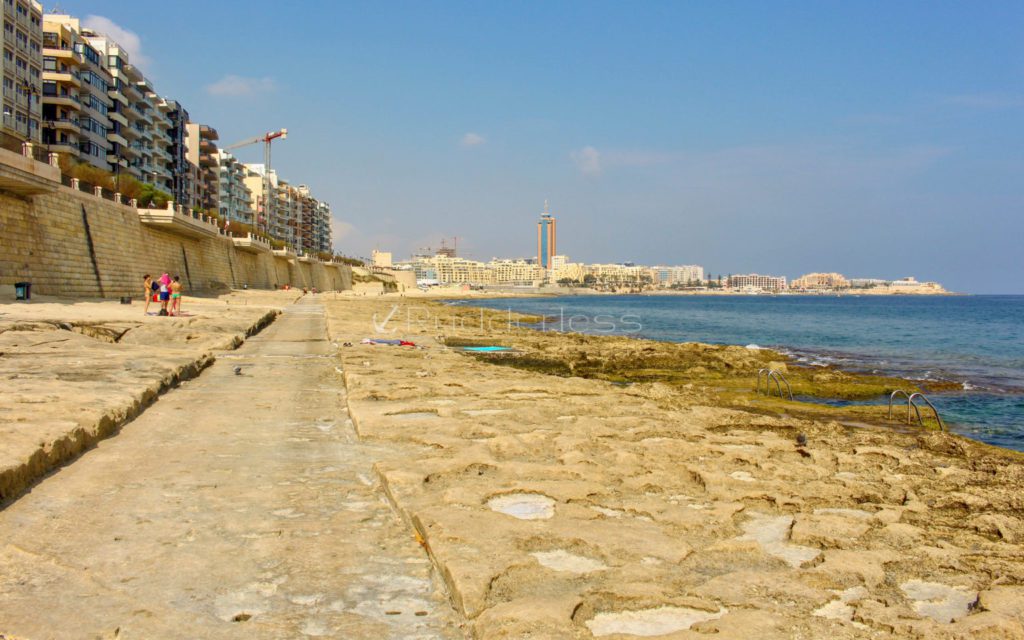
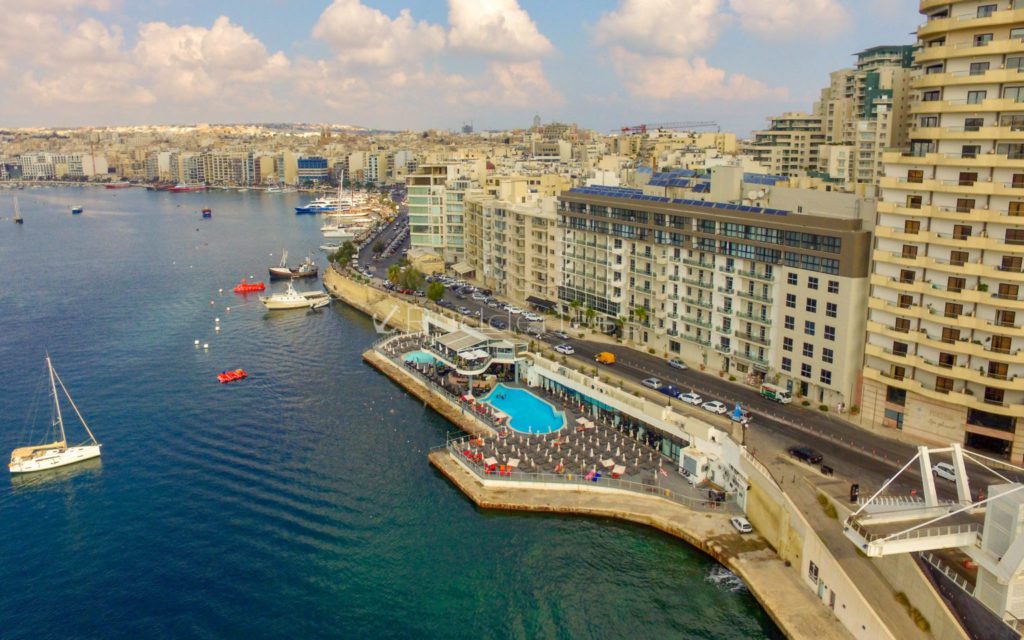
SLIEMA FRONT & FONT GĦADIR BEACH
Sliema which means peace or comfort was once a quiet fishing village. Now It’s a major residential and commercial area for shopping, dining and sitting in cafes. Along the coastline is a promenade known as the Sliema Front which attracts joggers, walkers, romantic moonlit strolls and open-air restaurants and cafes. Sliema is also known for its numerous rocky beaches, baths, water sports, and hotels.
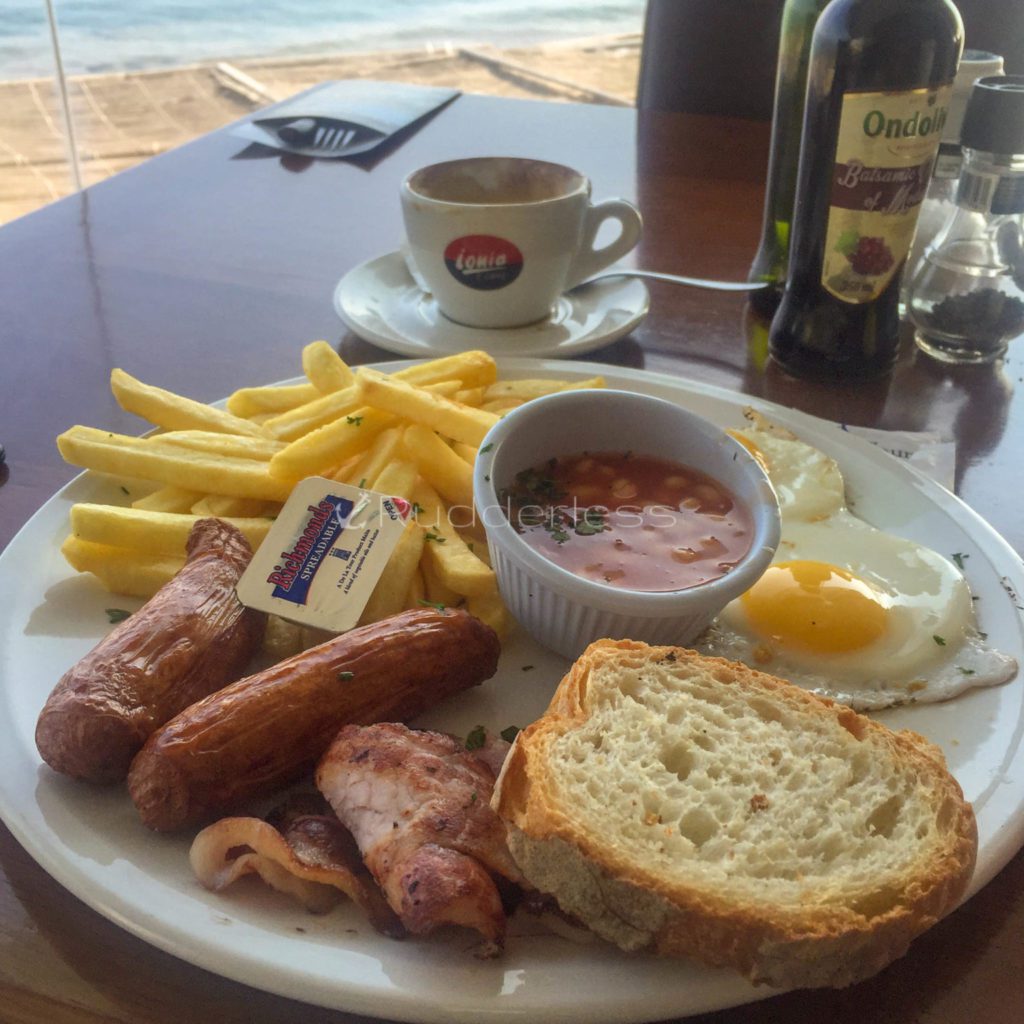
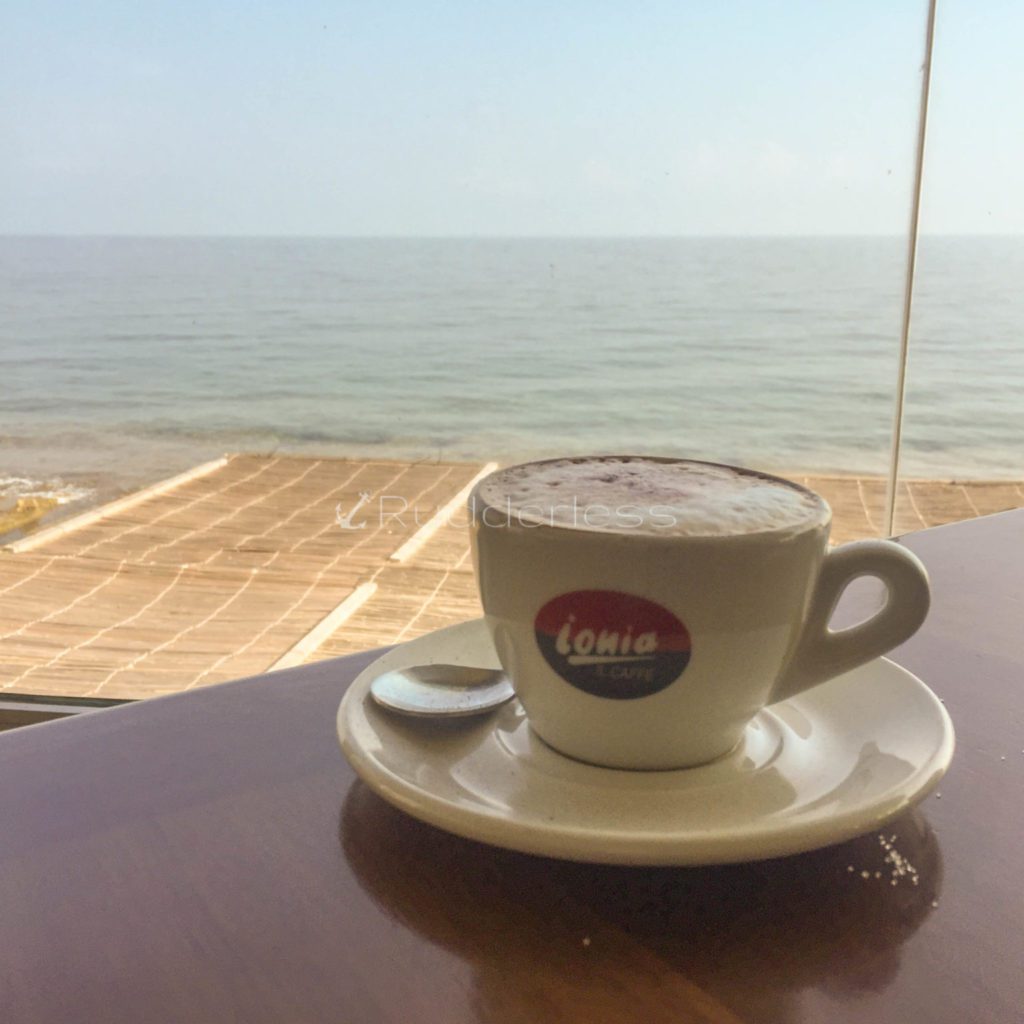
FORT TIGNÉ
Fort Tigné is a polygonal fort in Sliema’s Tigné Point. It was built by the Order of Saint John between 1793 and 1795 to protect the entrance to Marsamxett Harbour, and believe it or not it is one of the oldest polygonal forts in the world.
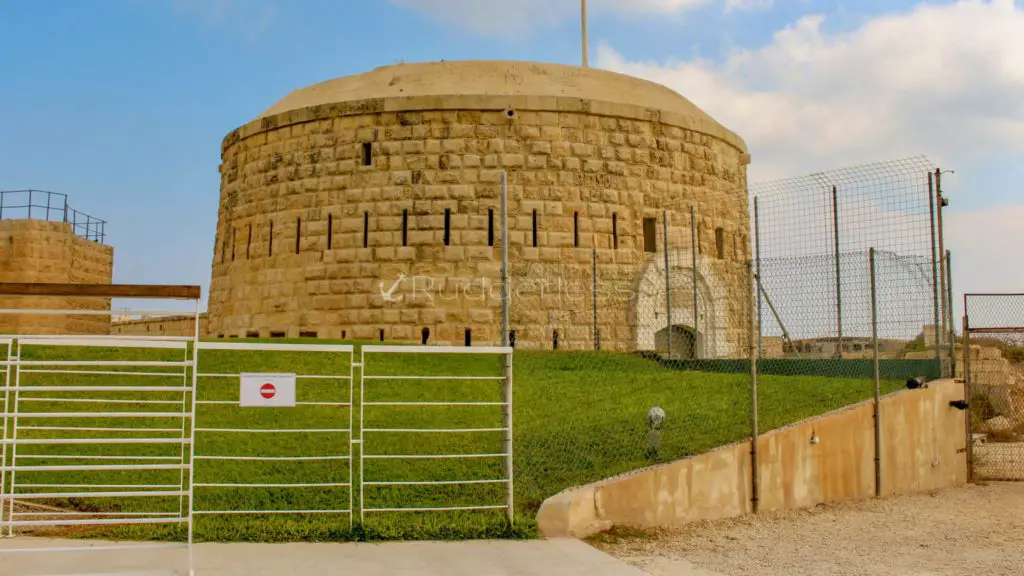
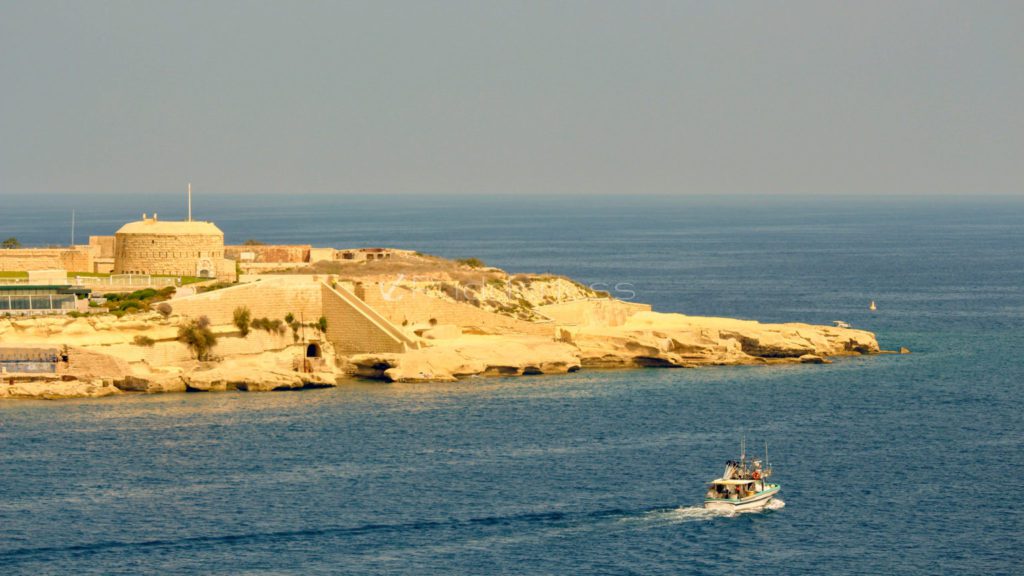
THINGS TO DO IN VALLETTA
Valletta is the capital of Malta as well as a UNESCO World Heritage site and an open-air museum all rolled up into one. There are loads of things to do in Valletta and places to visit in Valletta.
With so many sand-coloured forts, it reminds me of those incredible sand sculptures that you would see on the beach.
Throughout the years, Valletta has been home to emperors, heads of state, artists and poets. It’s loaded with cute cafés and wine bars most of which offer seaside views. From Sliema, it’s a quick 15 (or so) minutes to Valletta by ferry.
THE BASILICA OF OUR LADY OF MOUNT CARMEL
The Basilica of Our Lady of Mount Carmel is a Roman Catholic church as well as a UNESCO World Heritage Site, which includes the entire city of Valletta. The neo-gothic Church of Our Lady of Mount Carmel overlooks the waterfront of Sliema and is the most recognizable building on the skyline mainly because of its size and beautiful design.
If you’re around at the right time you might be lucky enough to catch a traditional Maltese wedding.
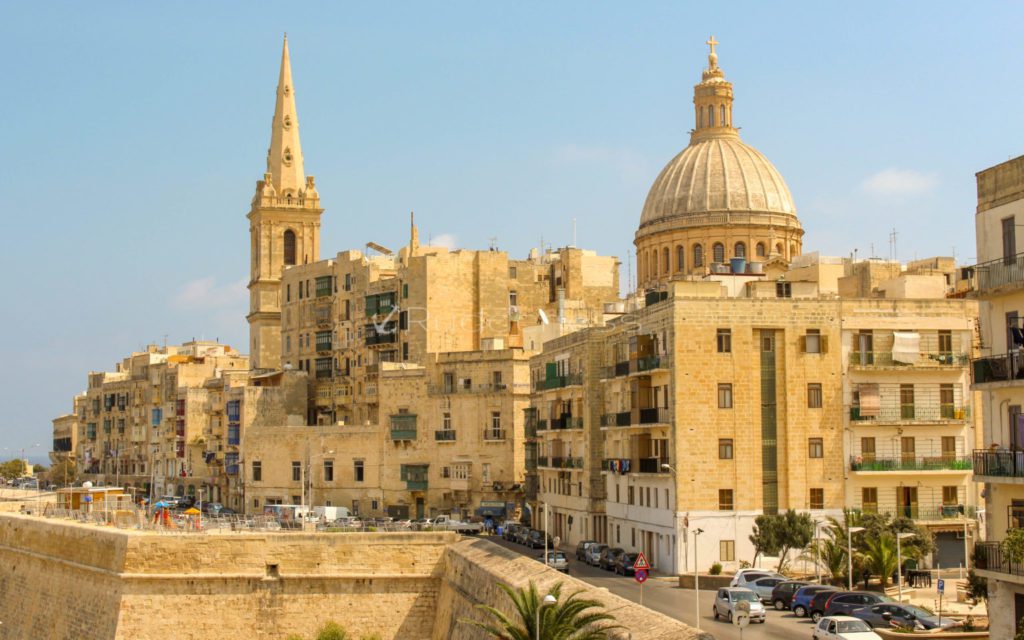
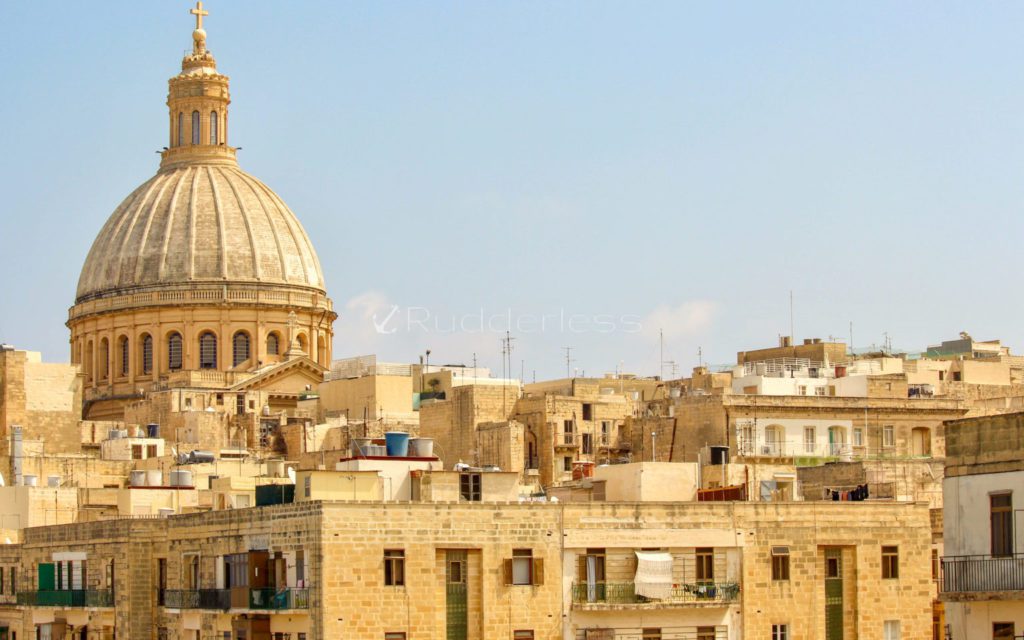
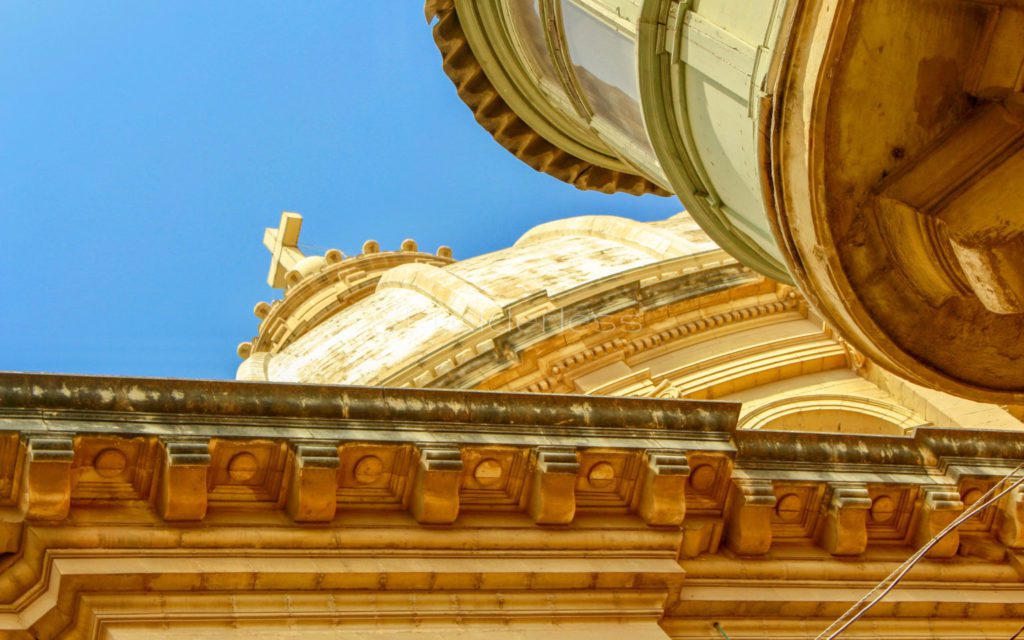
ST PAUL’S PRO-CATHEDRAL
The Pro-Cathedral and Collegiate Church of Saint Paul is an Anglican pro-cathedral. A “pro-cathedral”, which I’ve never heard of before, is a church with cathedral status and is one of three cathedrals of the Anglican Diocese of Gibraltar in Europe
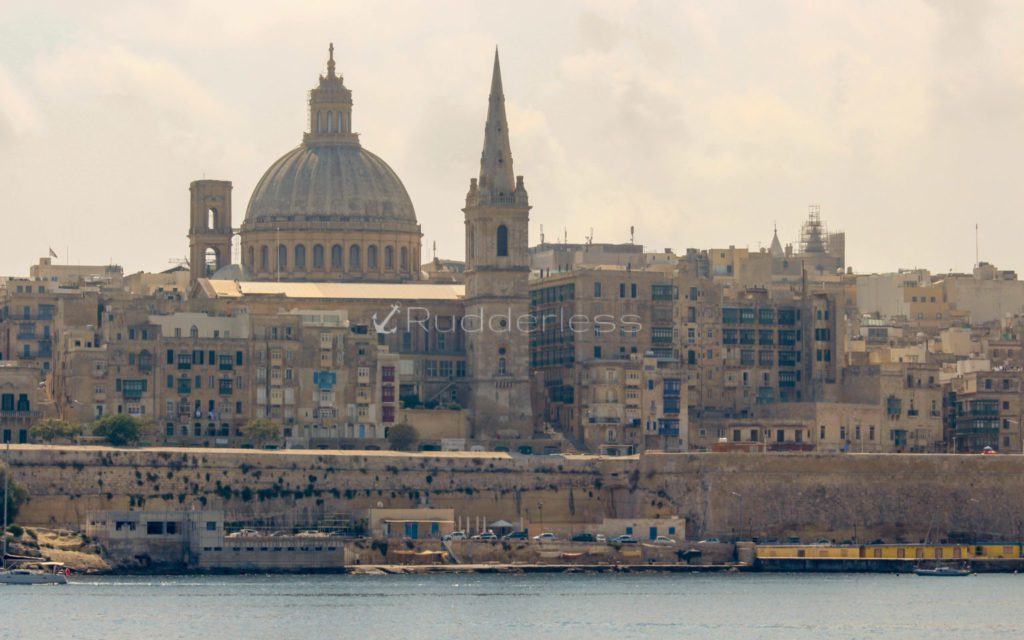
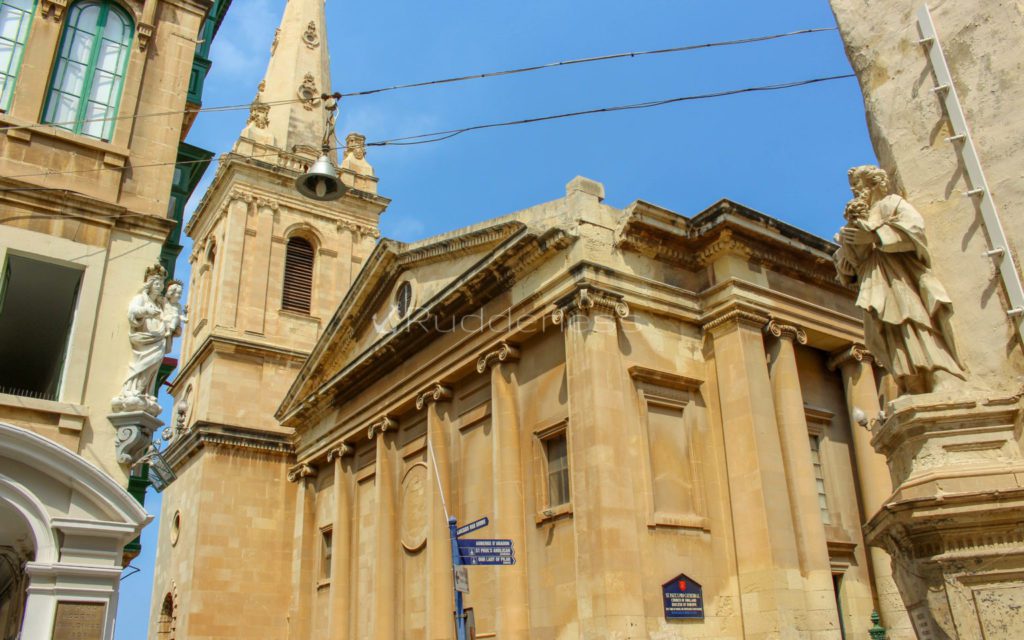
FORT ST ELMO
Fort Saint Elmo is a star fort best known for its role in the Great Siege of Malta in 1565. The fort hosts the National War Museum which has a great collection of items dating back to prehistoric times starting with the Bronze Age (around 2,500 B.C.)
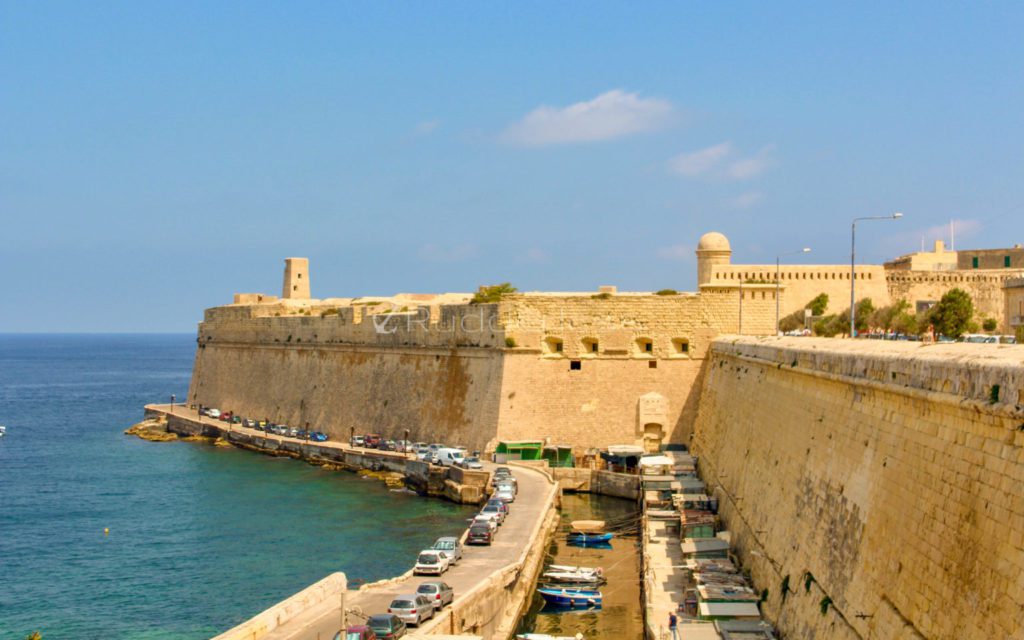
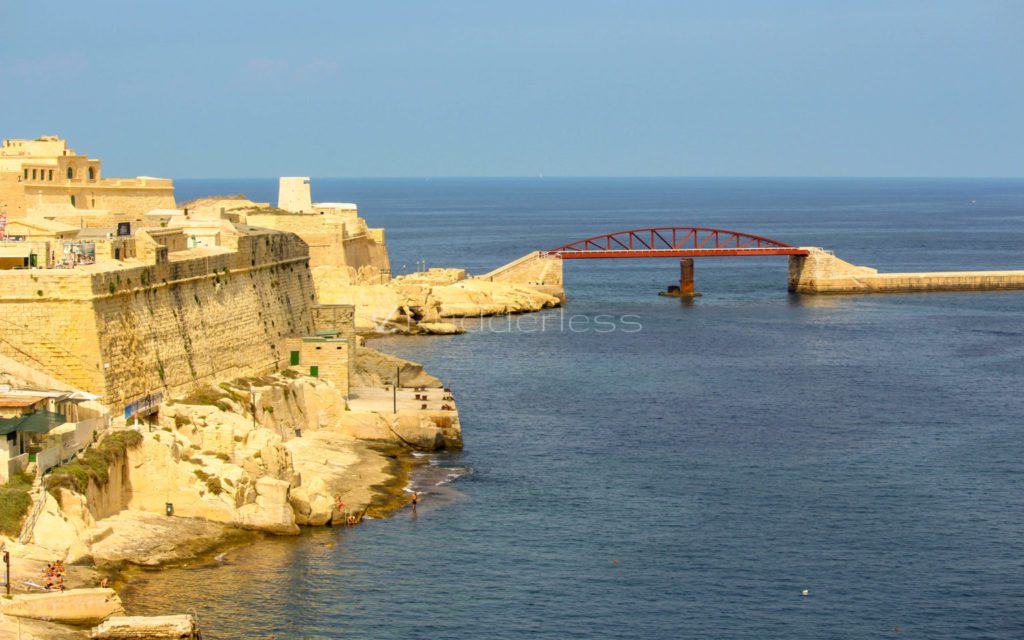
SIEGE BELL WAR MEMORIAL
Siege Bell War Memorial was designed by Michael Sandle and erected in 1992 to commemorate the victory of the Allied forces during the Second Siege of Malta from 1940-1943. Every day at noon, the bell rings across the peaceful waters of Grand Harbour which was one of the stages for Malta’s wars.
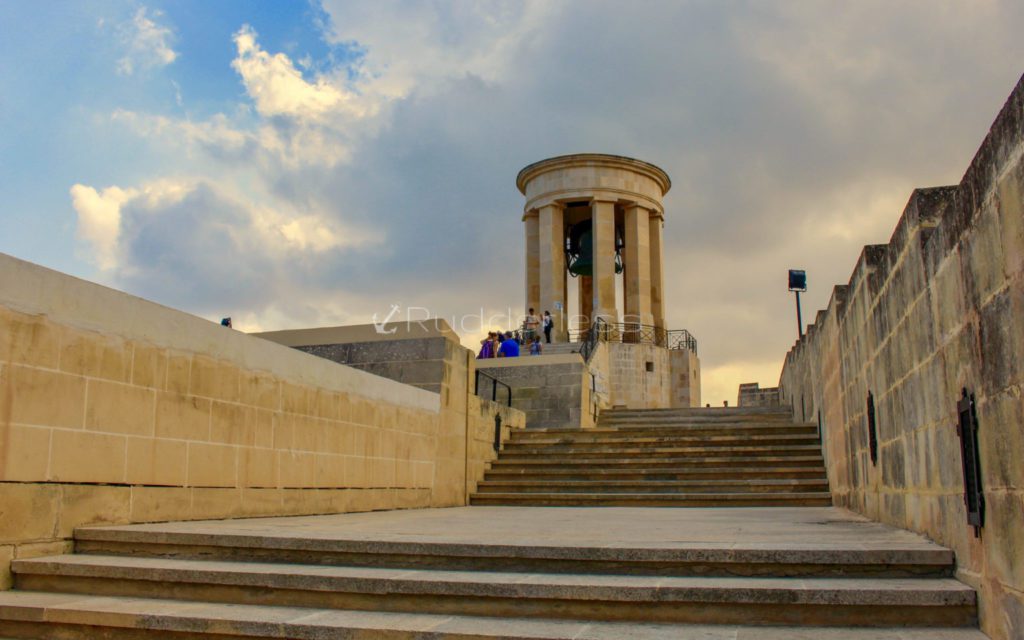
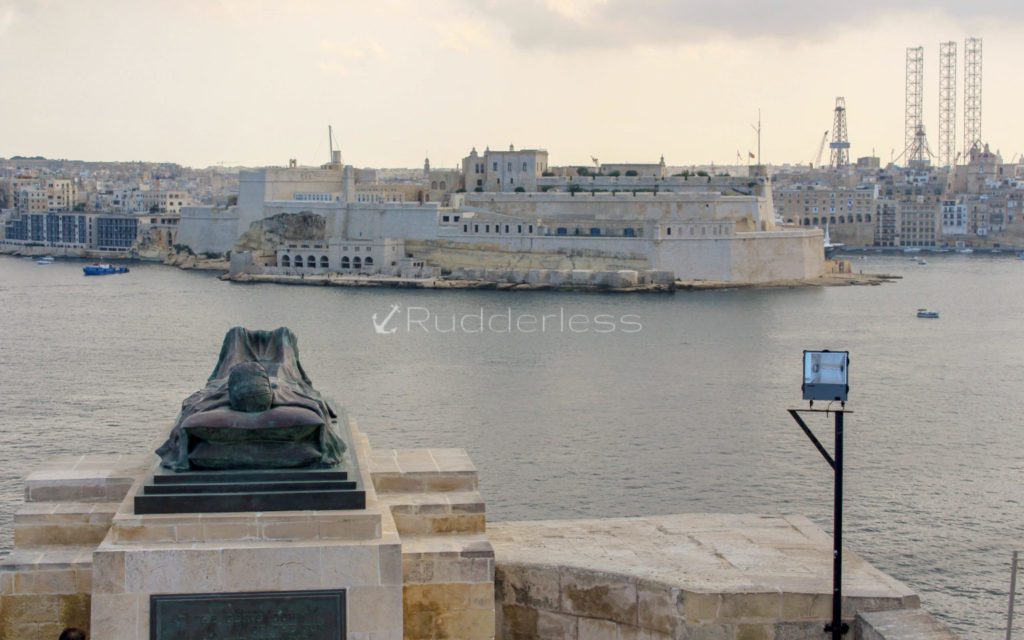
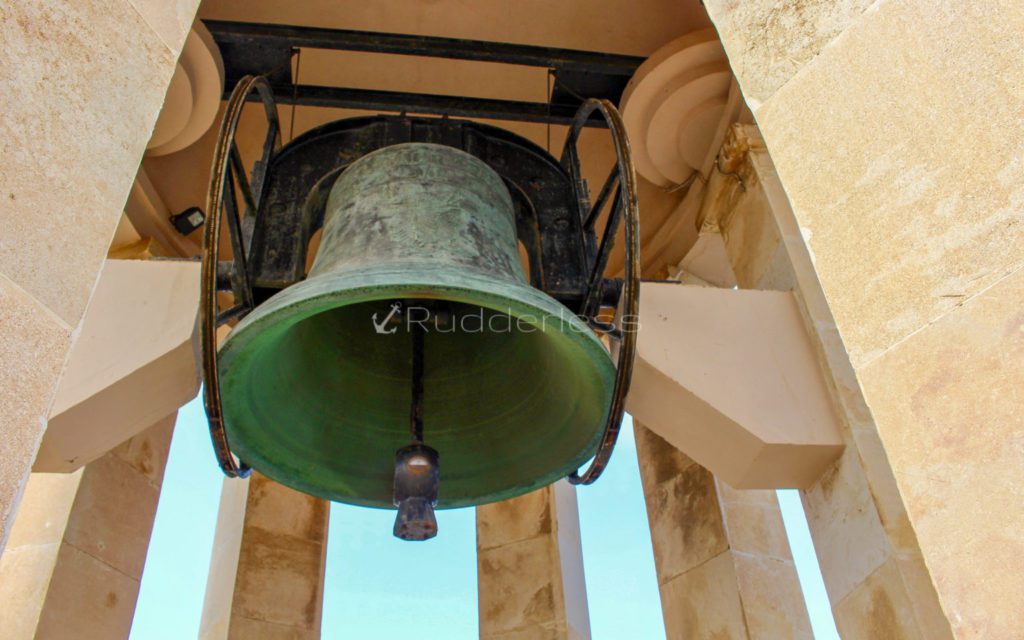
LOWER & UPPER BARRAKKA GARDENS
Lower Barrakka Gardens and its twin Upper Barrakka Gardens offer this incredible view of the Grand Harbour. The Lower Barrakka Gardens are situated at the lower end of Valletta on the bastions overlooking the entrance to the Grand Harbour. The gardens also overlook the breakwater, Fort Ricasoli, Rinella, Kalkara, Heritage Malta, Fort St. Angelo and Senglea.
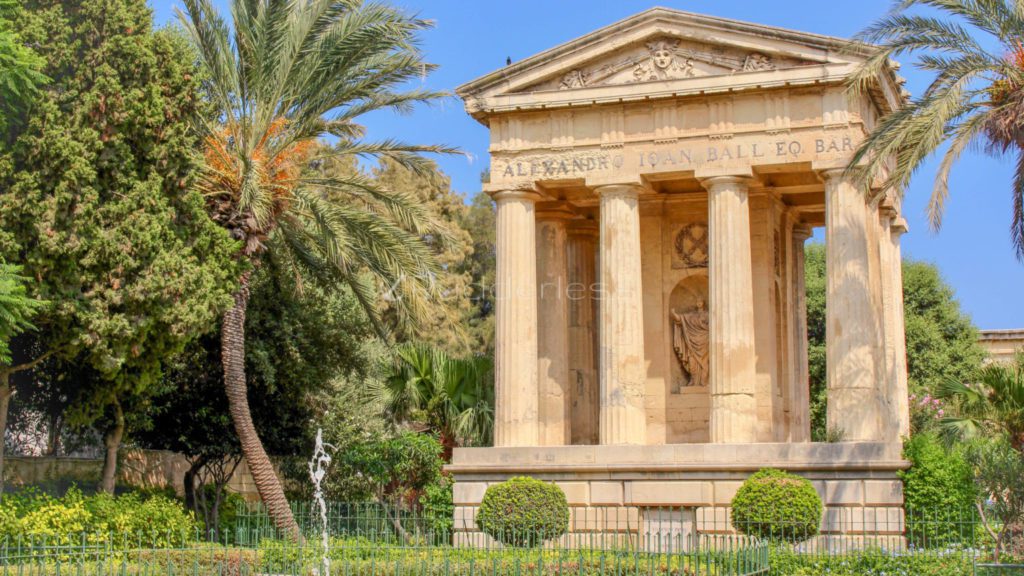
FORT RIKAŻOLI
Fort Ricasoli is a bastioned fort in Kalkara, Malta, which was built by the Order of Saint John between 1670 and 1698. The fort is the largest fort in Malta and it sits on a promontory known as Gallows’ Point and the north shore of Rinella Bay. Along with Fort Saint Elmo, they command the entrance to the Grand Harbour.
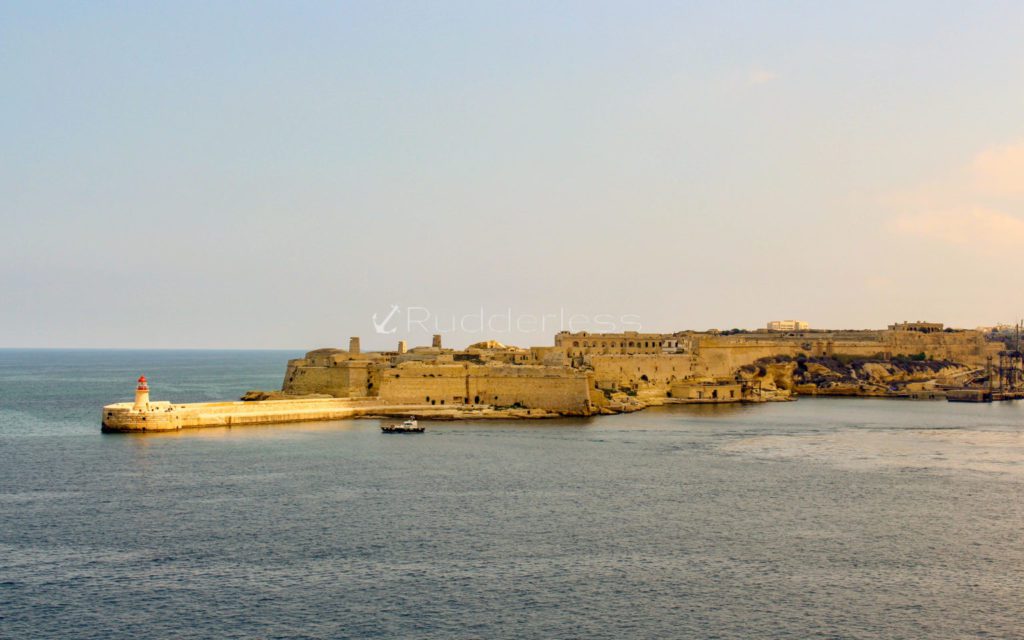
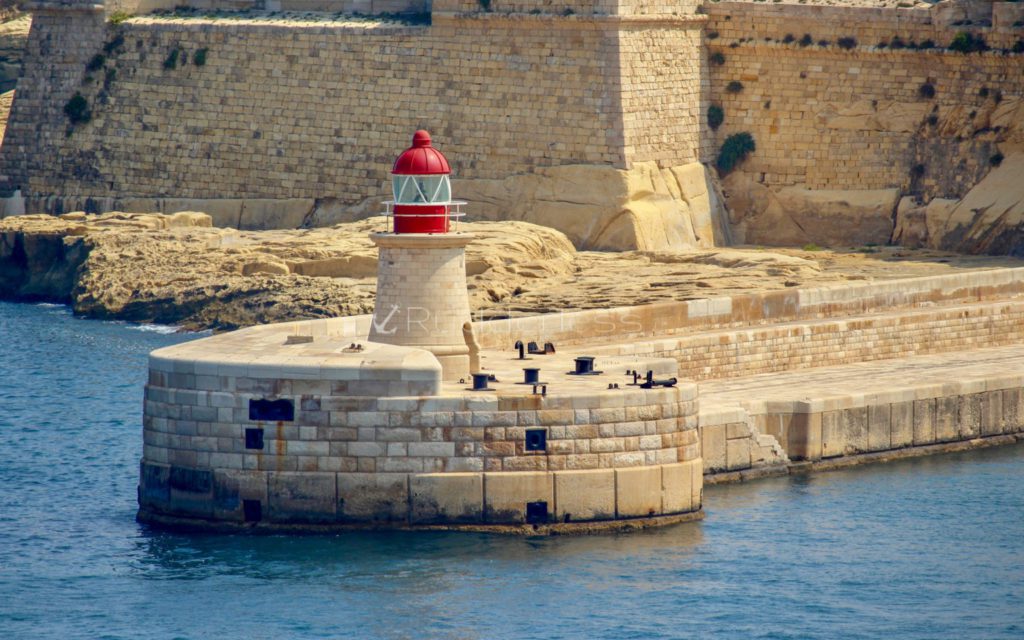
HERITAGE MALTA
Heritage Malta was created by the Cultural Heritage Act which was enacted in 2002 which replaced the former Museums Department. Originally Heritage Malta was tasked with the management of museums, sites and their collections but in 2005, the agency took over the Malta Centre for Restoration and became the national agency responsible for conservation.
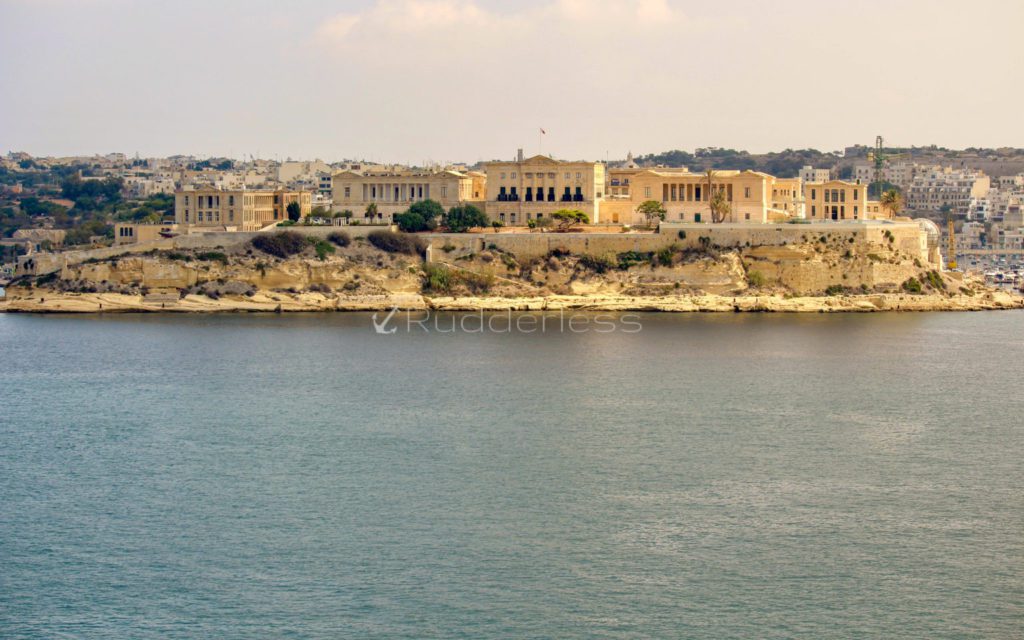
FORT SAINT ANGELO
At the tip of Vittoriosa, Fort St Angelo with its strategic position has great emotional significance for the Maltese people due to the role it played throughout Maltese history and specifically during the Great Siege of 1565
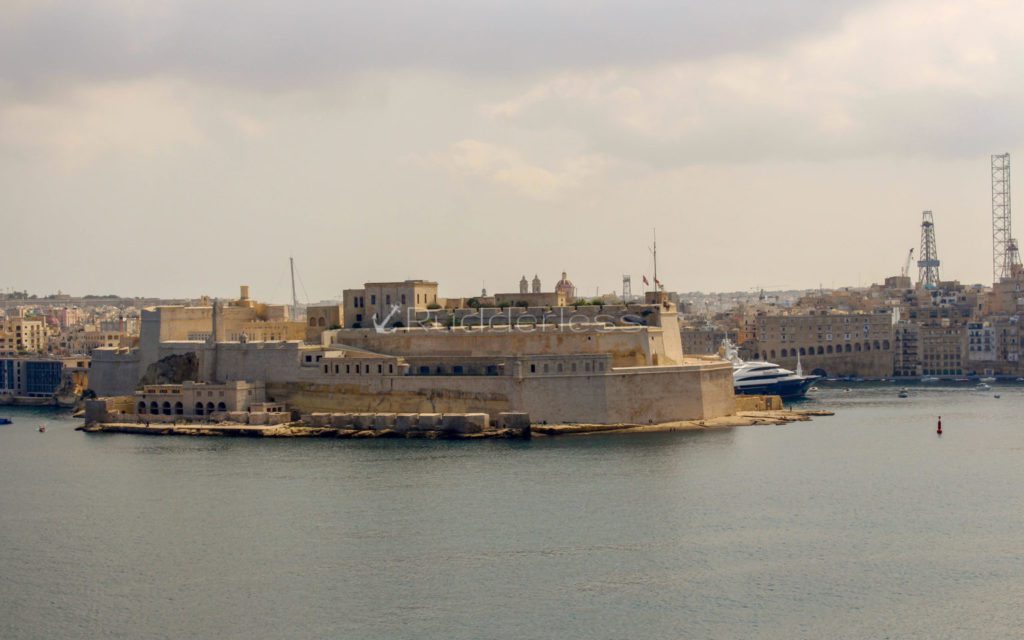
VALLETTA WATERFRONT
The Valletta Waterfront is a promenade in Floriana. With the Pinto Stores/Pinto Wharf on the left, the Forni Stores/the Forni Shopping Complex on the right and a church in the middle. Back in the 18th century, the buildings were originally stores and warehouses design by Andrea Belli.
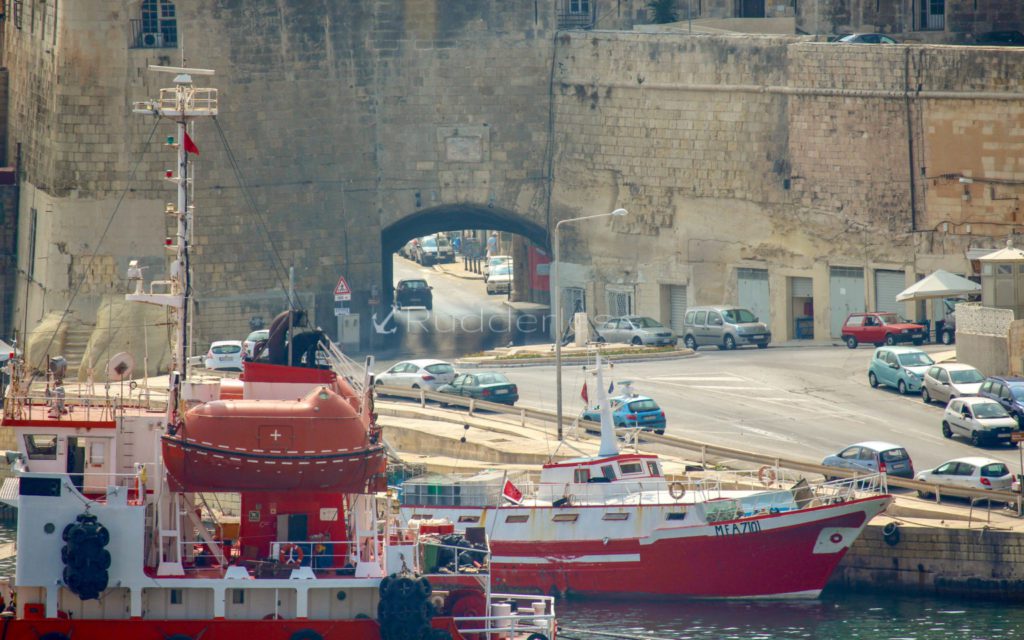
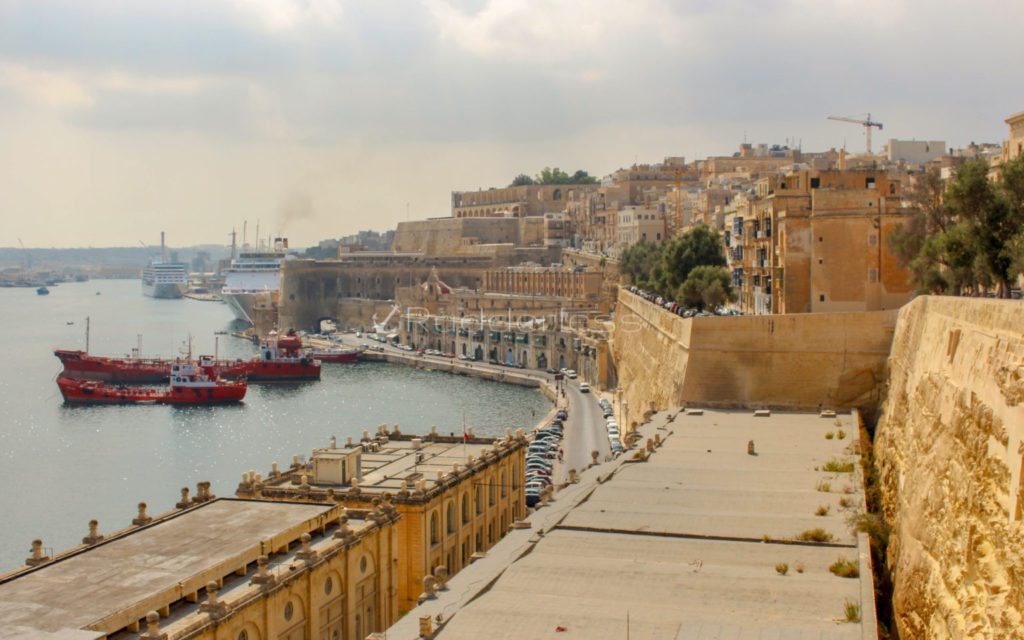
ST GEORGE’S SQUARE
St George’s square or Palace square was once a car park that was transformed into an open space for the locals, families and tourists.
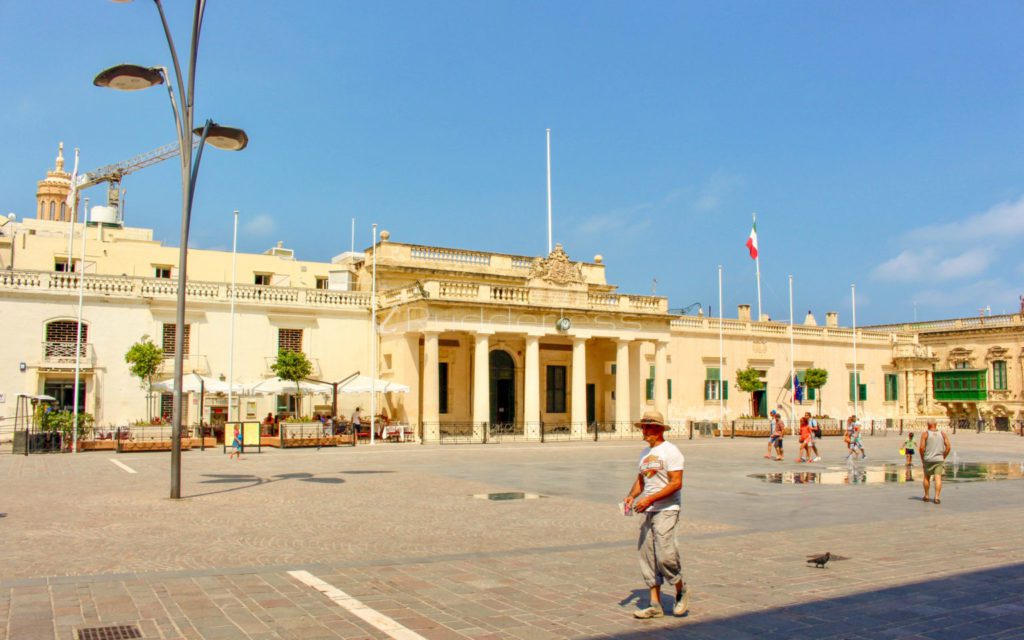
ST. JOHN’S CO-CATHEDRAL
The most beautiful St. John’s Co-Cathedral is richly ornamented in high Baroque architecture, decorated with 16th and 17th-century art.
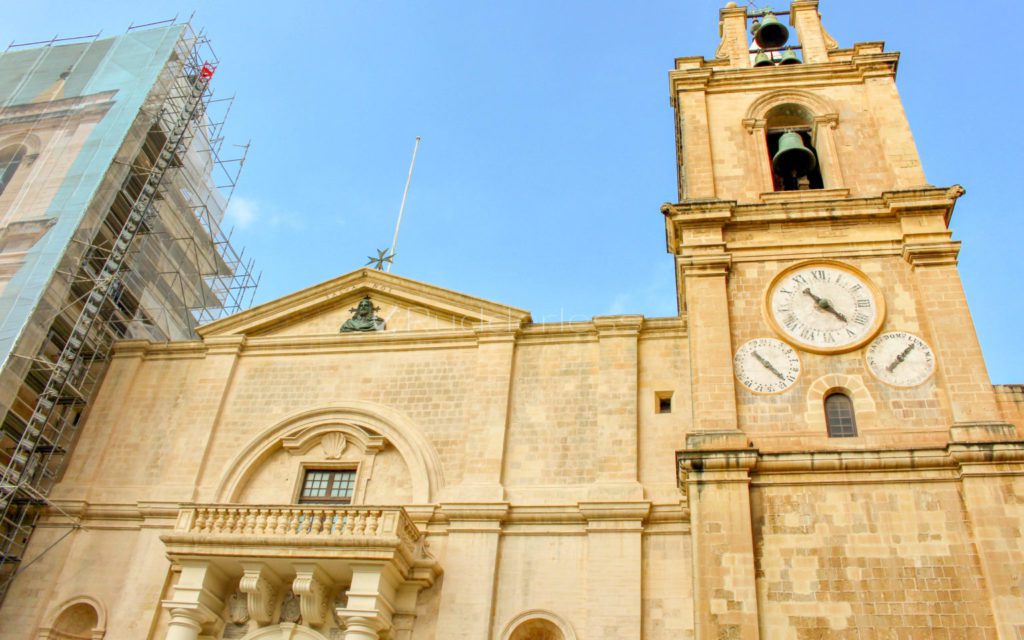
PJAZZA TEATRU RJAL
The Royal Opera House/Royal Theatre was an opera house and performing arts venue here in Valletta. After a fire, it was restored in 1877 only to receive a direct hit from aerial bombing in 1942 during World War II. After many abandoned plans to rebuild, Italian architect Renzo Piano redesigned the ruins. In 2013 it began functioning as a performance venue, called Pjazza Teatru Rjal.
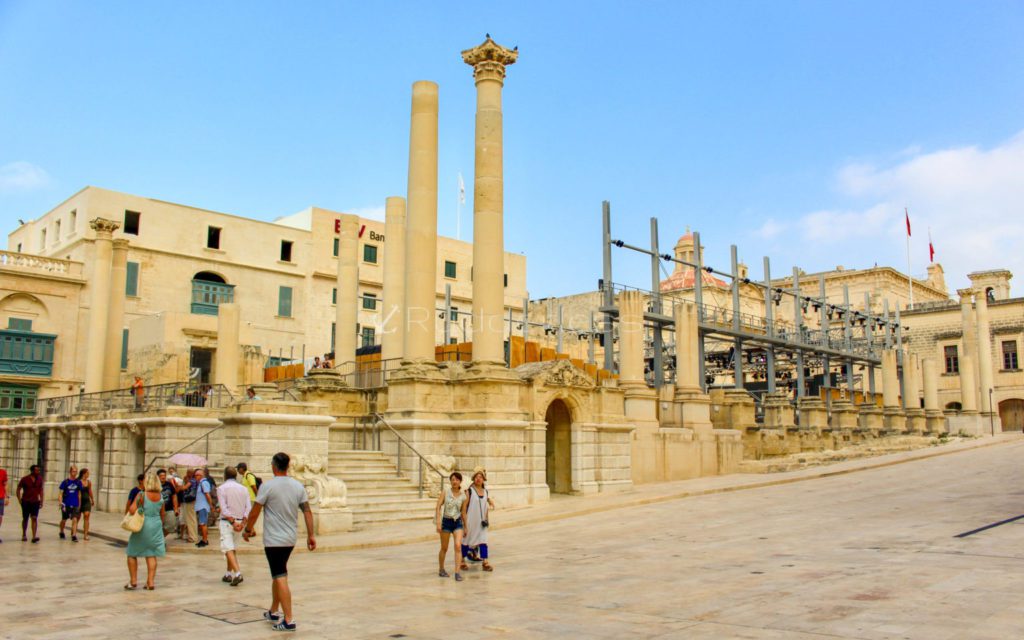
FORT MANOEL
Fort Manoel is a star fort on Manoel Island in Gżira and a fantastic example of Baroque architecture. It was built in the 18th century by the Order of Saint John, during the reign of Grand Master António Manoel de Vilhena – hence the name. The British military took over the fort in 1800 – 1964, severely damaged in World War II, but restored back to its former glory.
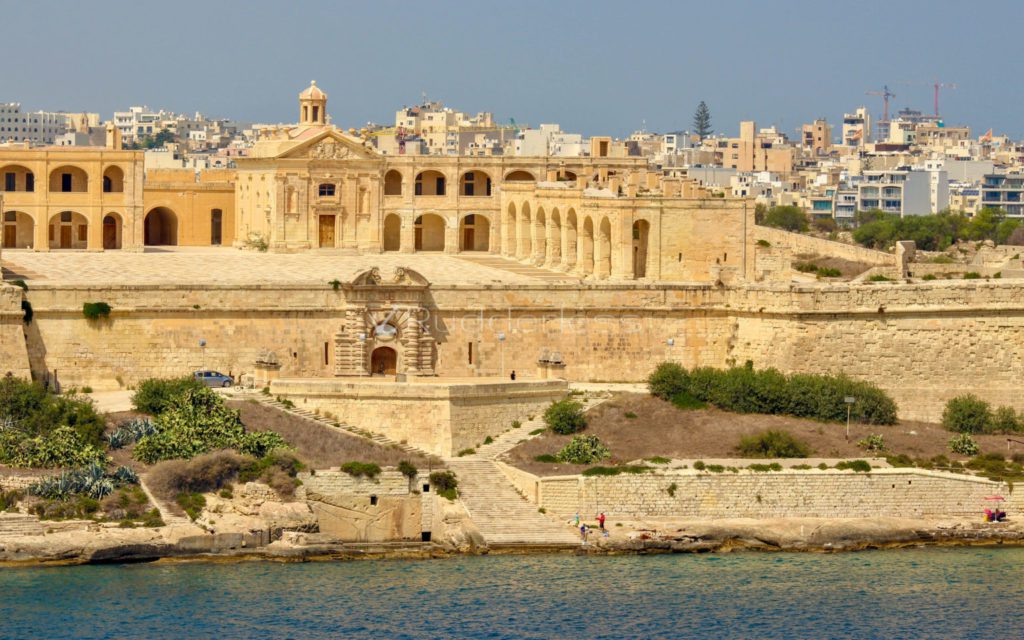
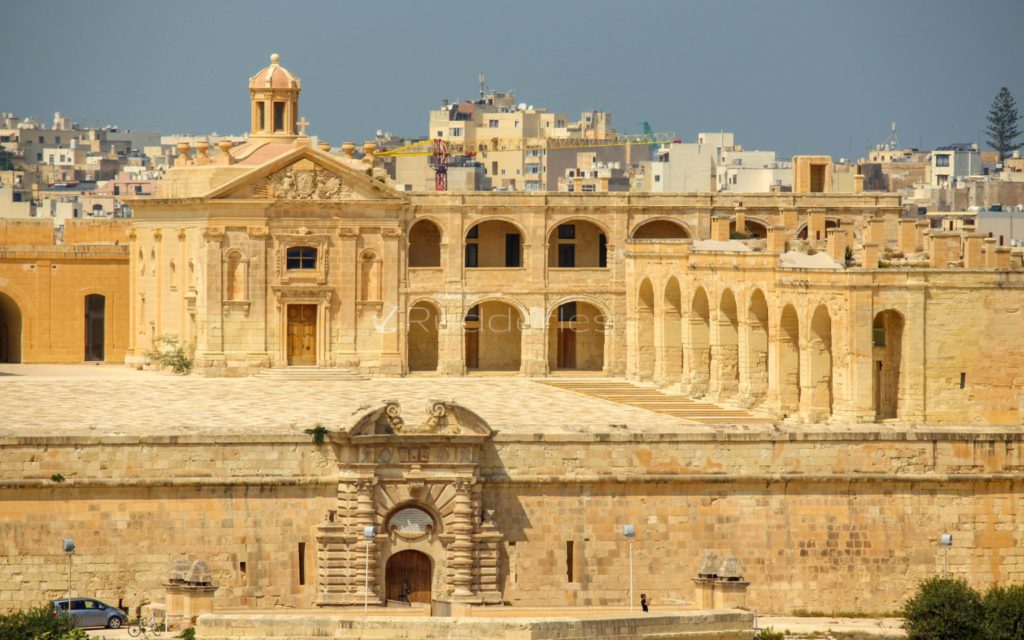
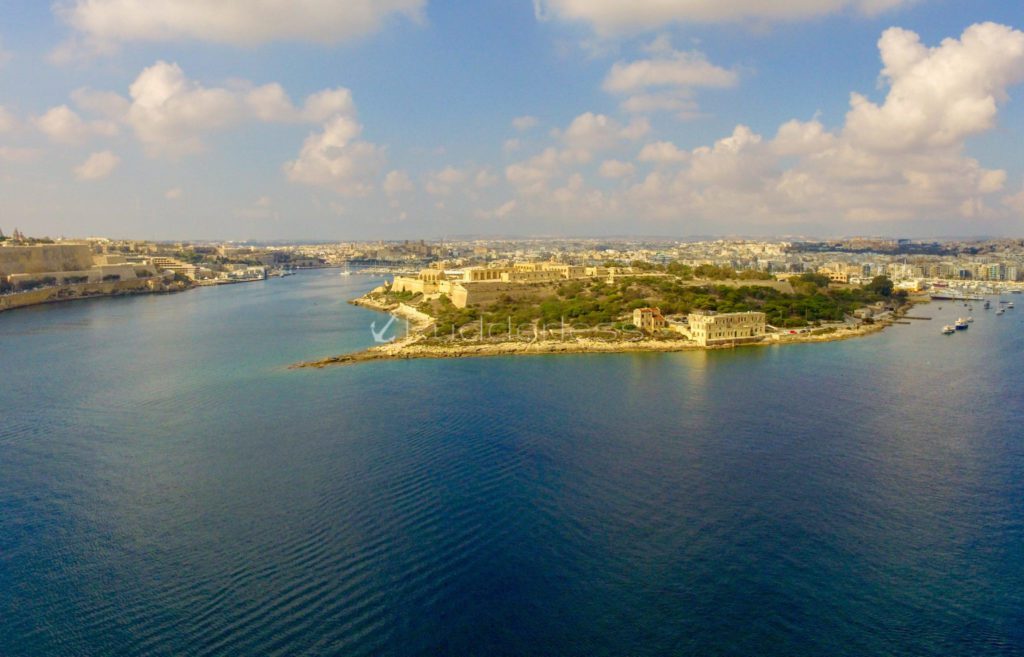
TOP THINGS TO DO IN VALLETTA MALTA (DAY 2)
NEW PARLIAMENT BUILDING
I’ve seen a lot of incredible architecture during my travels but for some reason, I find this building’s design incredible! Two large pieces of stone that look suspended in the air, but are supported by stilts. Designed by Renzo Piano in 2014, the rooftop has 600 sq metres of photovoltaic panels, which generate most of the energy needed to heat the building in winter and keep it cool in summer.
First, I can’t even believe Malta has a winter – during my visit it was well into September but felt like the beginning of July.
Second, WTF is photovoltaic?
Photovoltaics are best known as a method for generating electric power by using solar cells to convert energy from the sun into a flow of electrons by the photovoltaic effect. Solar cells produce direct current electricity from sunlight which can be used to power equipment or to recharge a battery.
Yeah, I had to look it up.
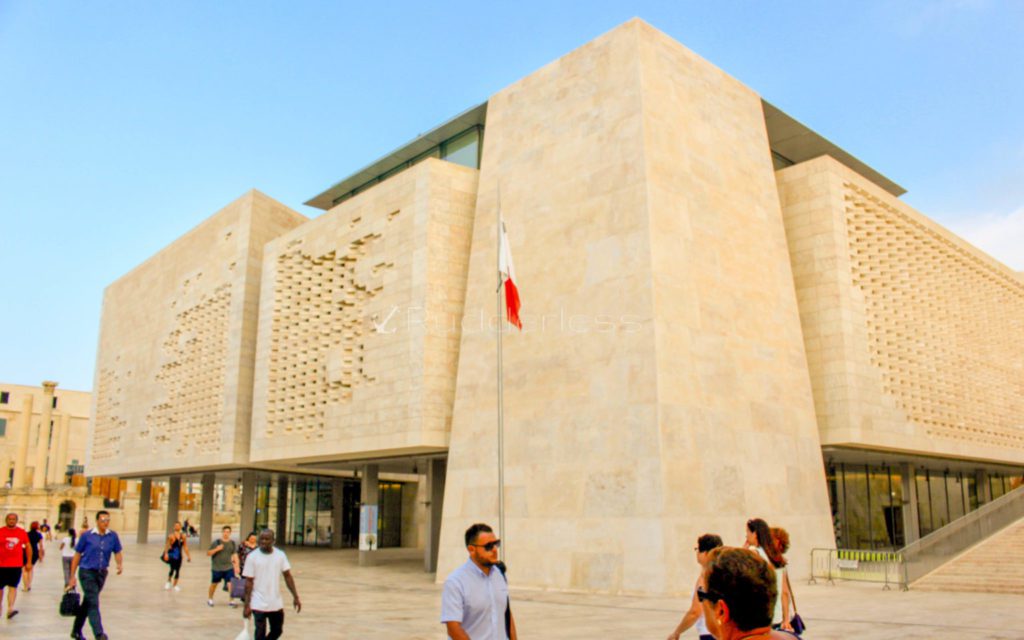
VALLETTA CITY GATE
For the past few years, the entrance to Valletta – and its surrounding environment has been given a new city gate, a Parliament building, a piazza and a new performing space. Technically, this will be Valletta’s fifth city gate in about 450 years. The original gate was once known as Porta San Giorgio, was completed in 1569.
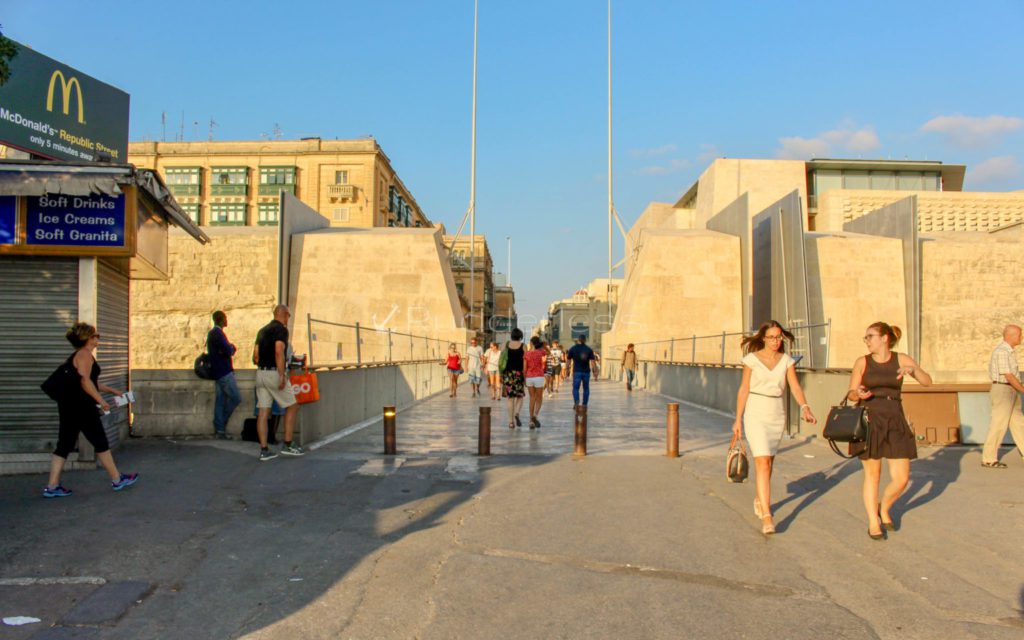
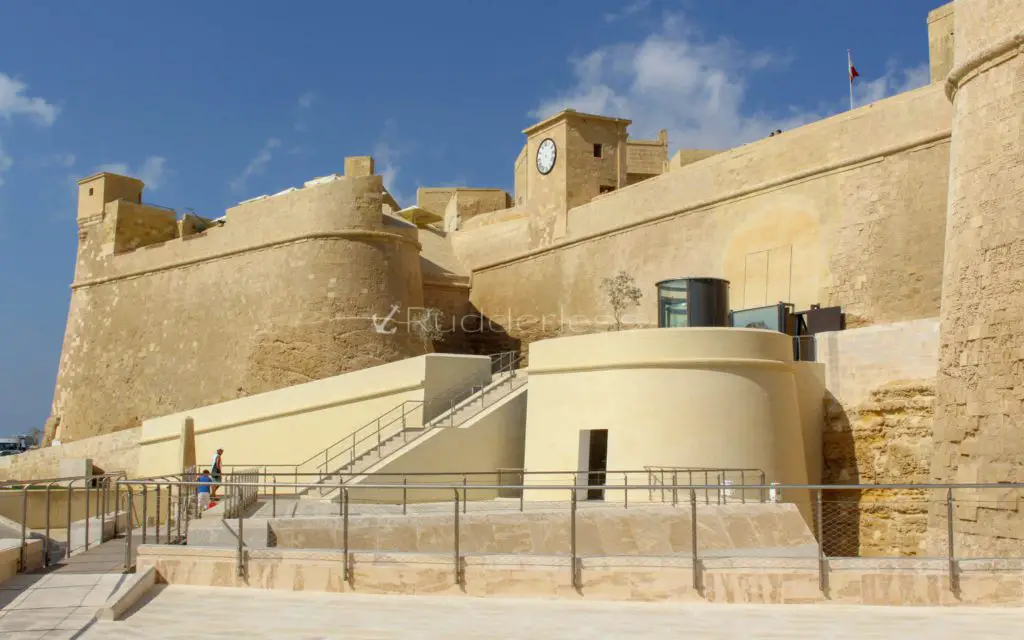
TRITON FOUNTAIN
The Triton Fountain is located just outside the City Gates. Three bronze Tritons holding up a large basin is one of Malta’s most important modernist landmarks.
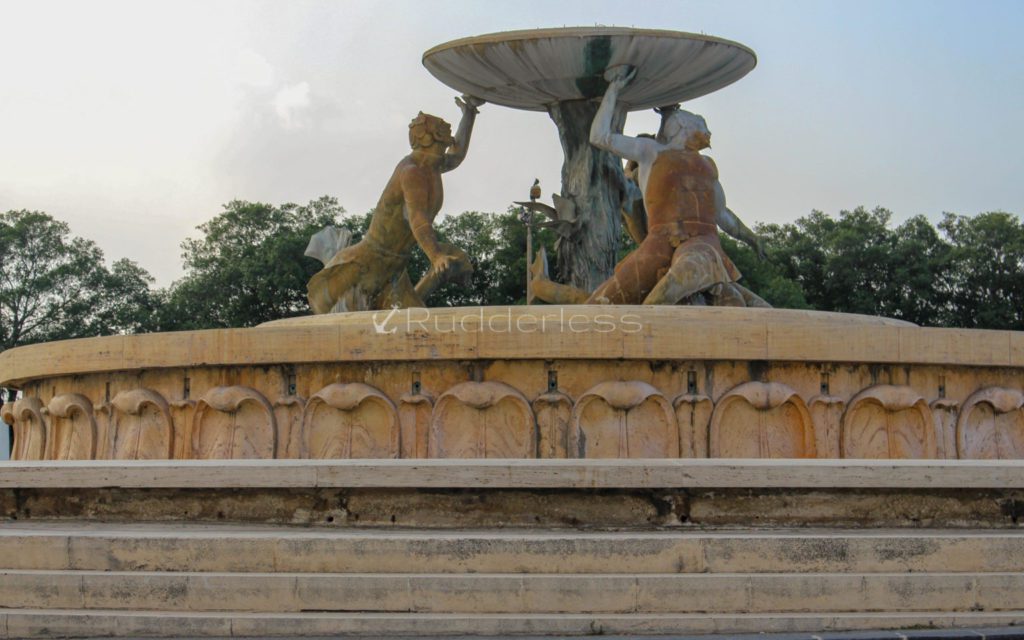
WAR MEMORIAL
The War Memorial is an obelisk in Floriana, that commemorates the dead of World War I and World War II. It was inaugurated on November 11, 1938, by Governor Charles Bonham-Carter. but in 1949 it was rededicated to those killed in World War II as well. Designed by Louis Naudi, the monument is an obelisk in the form of a Latin cross, and it is built out of local globigerina limestone with an eternal flame.
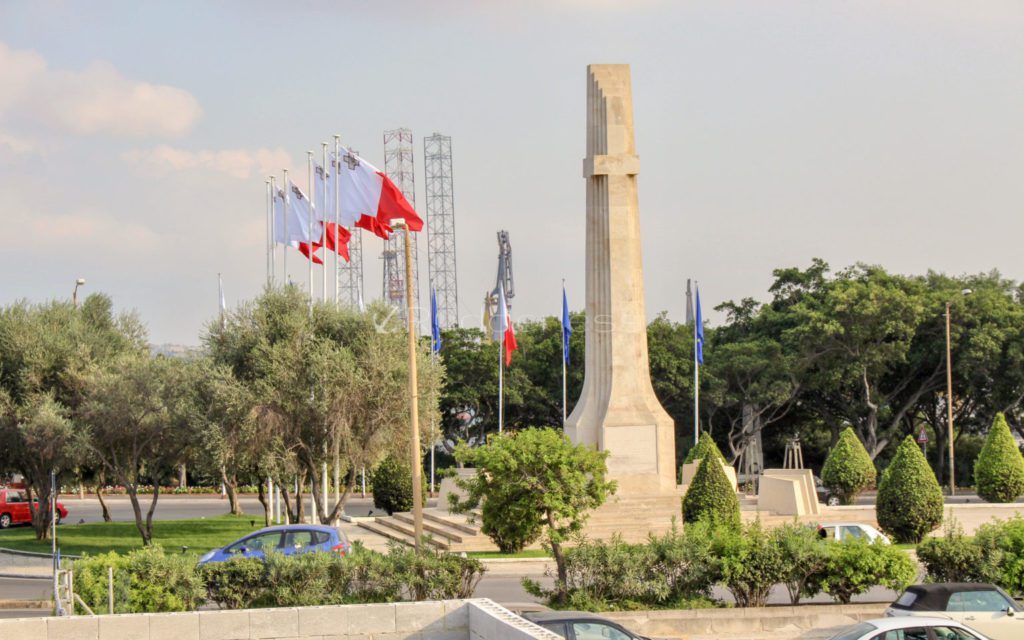
ST. PUBLIUS
St, Publius/Floriana Parish Church is a Roman Catholic parish church in Floriana, dedicated to Saint Publius. It was constructed between the 18th and 20th centuries with the first stone being laid on August 2, 1733. Saint Publius was venerated as the first Bishop of Malta, the first acknowledged saint and the prince of the island.
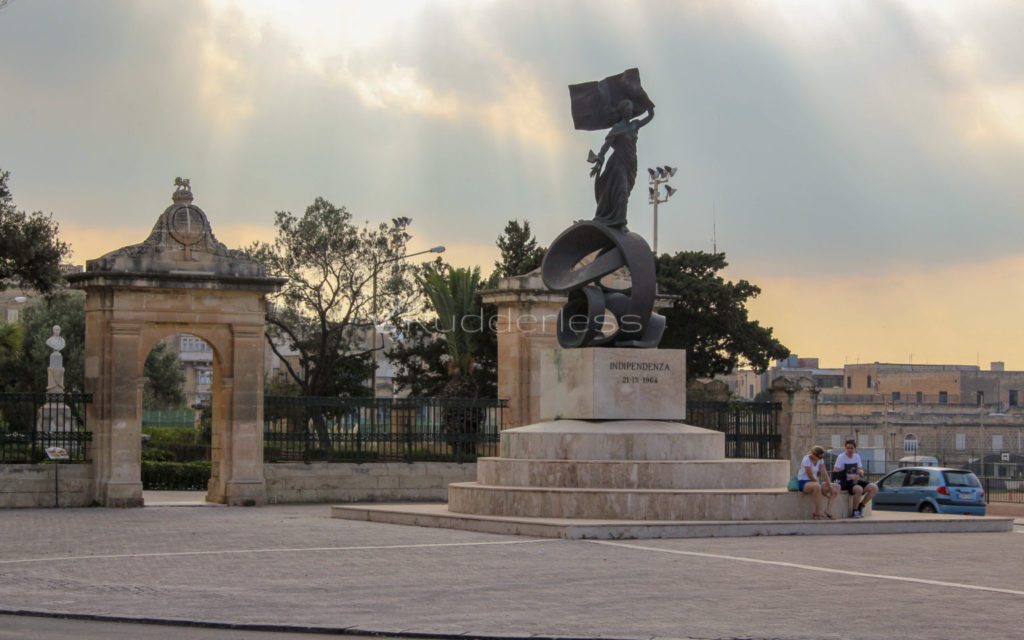
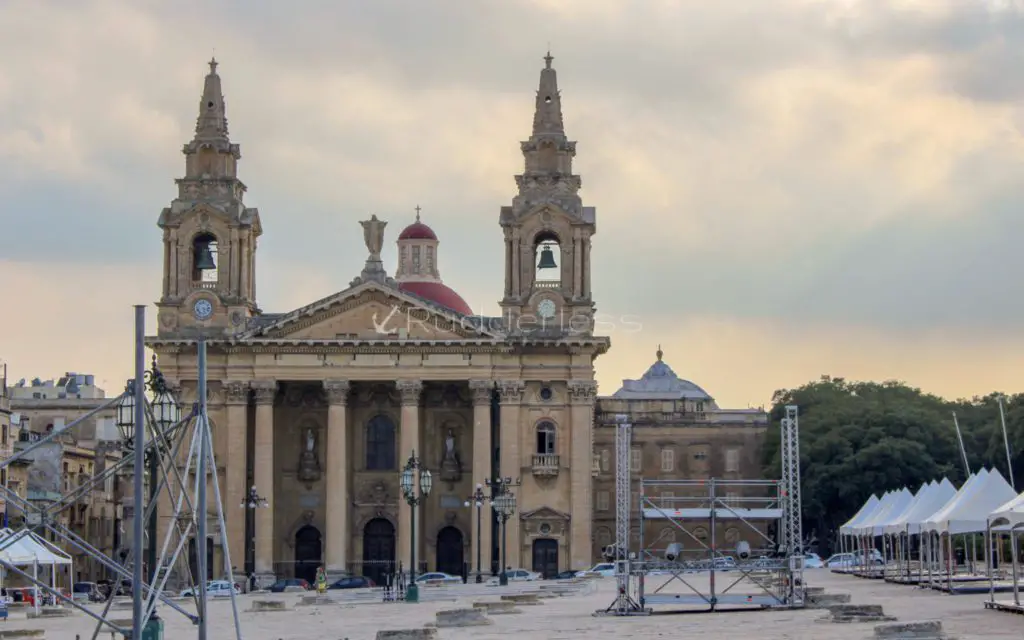
PLACES TO SEE IN MALTA: RABAT
Rabat is probably best known for its famous Catacombs of St. Paul and St. Agatha. These catacombs were used by the Romans to bury their dead as it was considered unhygienic to bury the dead in the city – I’m glad happy someone thought that through. Rabat was built on top of an ancient Roman city so the Catacombs were never meant to be hiding places during persecutions or to be used as living quarters – which was my first thought after seeing how people lived in caves during my visit to Cappadocia, Turkey.
In the Catacombs of St Agatha’s:
- there are over 500 graves of several types
- most of them are children.
- divided into sections for Pagans, Jews and Christians.
- contain some unique Frescos
ST. PAUL’S
Dating back to the 17th century the Collegiate Church of St Paul is a beautiful Roman Catholic Church that stands above a grotto where St. Paul is said to have taken refuge after his shipwreck on Malta. The statue of St Paul was donated by Grand Master Pinto in 1748 and in May 1990 the late Pope John Paul prayed in the grotto during his visit.
**St. Paul’s Grotto is not the same as the similarly-named St. Paul’s Catacombs**
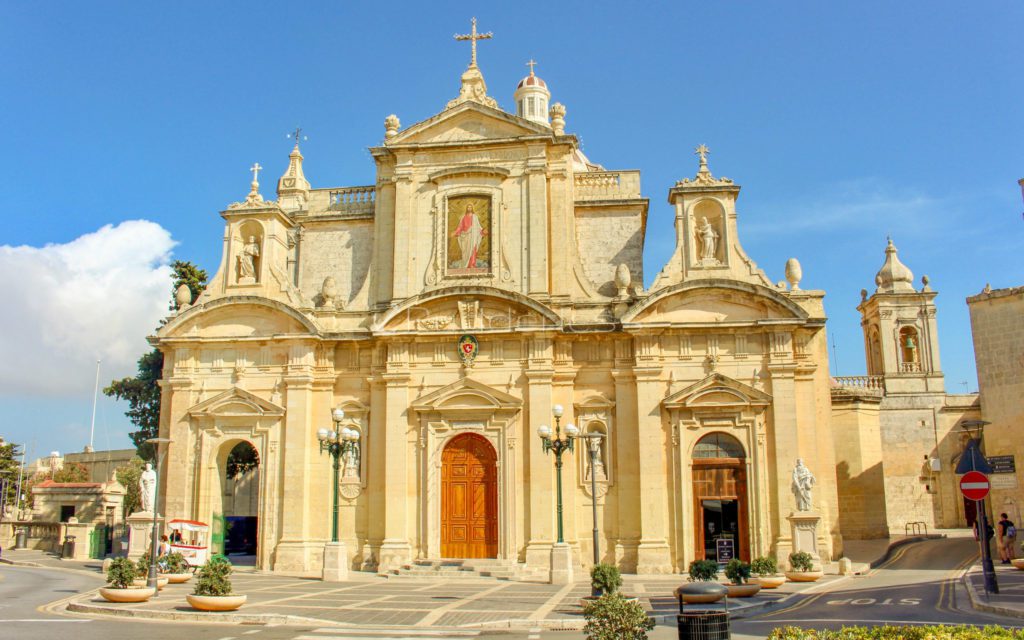
ST. PAUL’S CATACOMBS
St. Paul’s Catacombs are some of the most prominent features of Malta’s paleochristian archeology.
Trying to say paleochristian three times fast.
The archaeological clearing of the site revealed an extensive system of underground galleries and tombs dating back to the fourth to the ninth centuries AD.

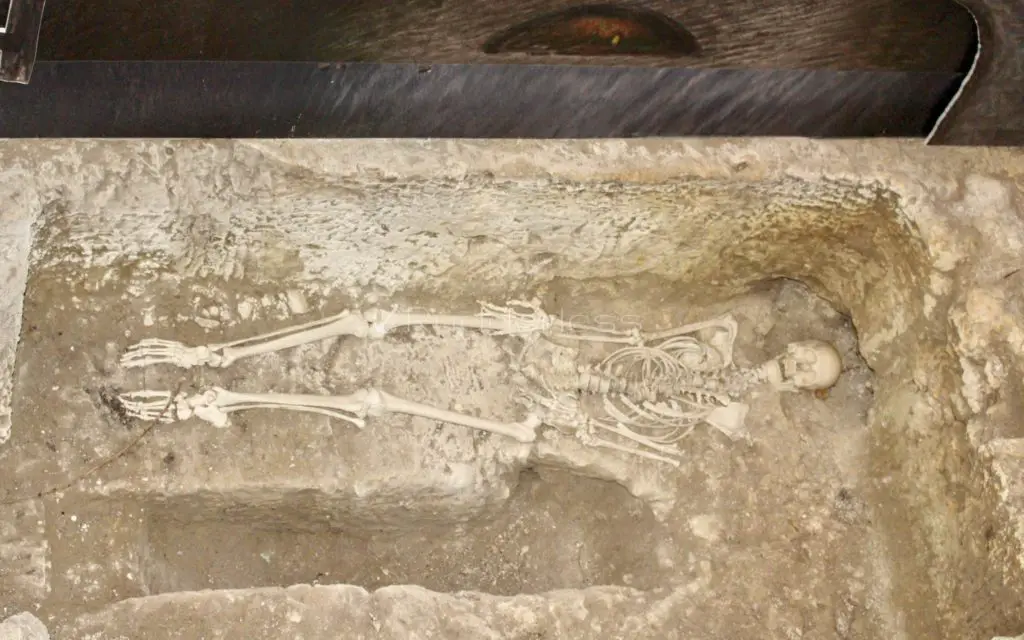
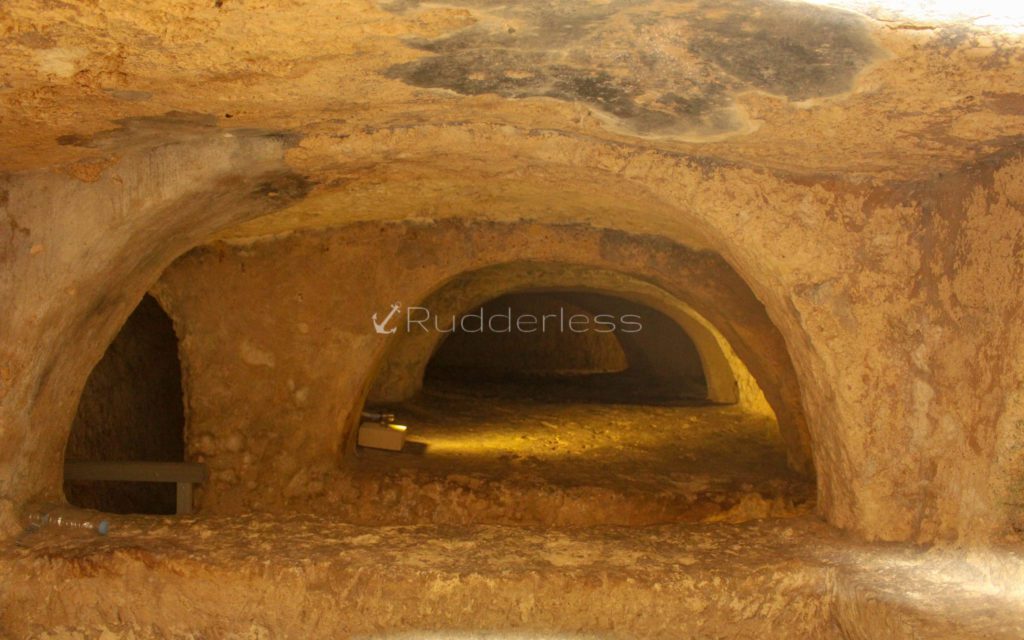
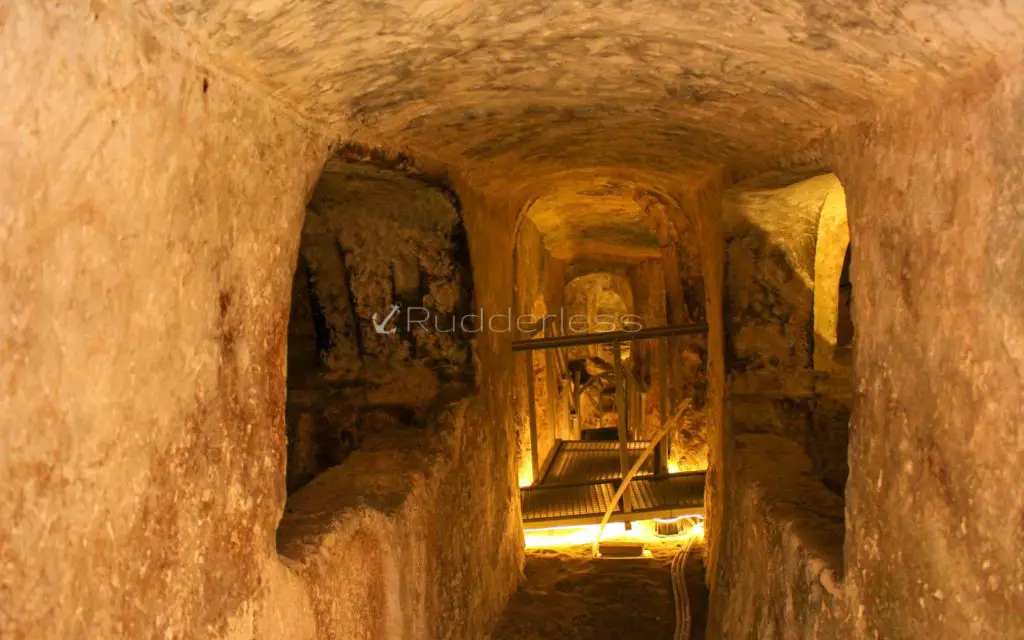
PLACES TO SEE IN MALTA: MDINA
Mdina was the first capital of Malta, and it’s the most beautiful location in my opinion. It is also the number one choice to visit if you want to feel like you are in a Game of Thrones episode, considering it was once used as the show Kings Landing. Its medieval walls, plazas, sandy stone buildings, and horse-pulled carriages are sure to awaken memories of King’s Landing.
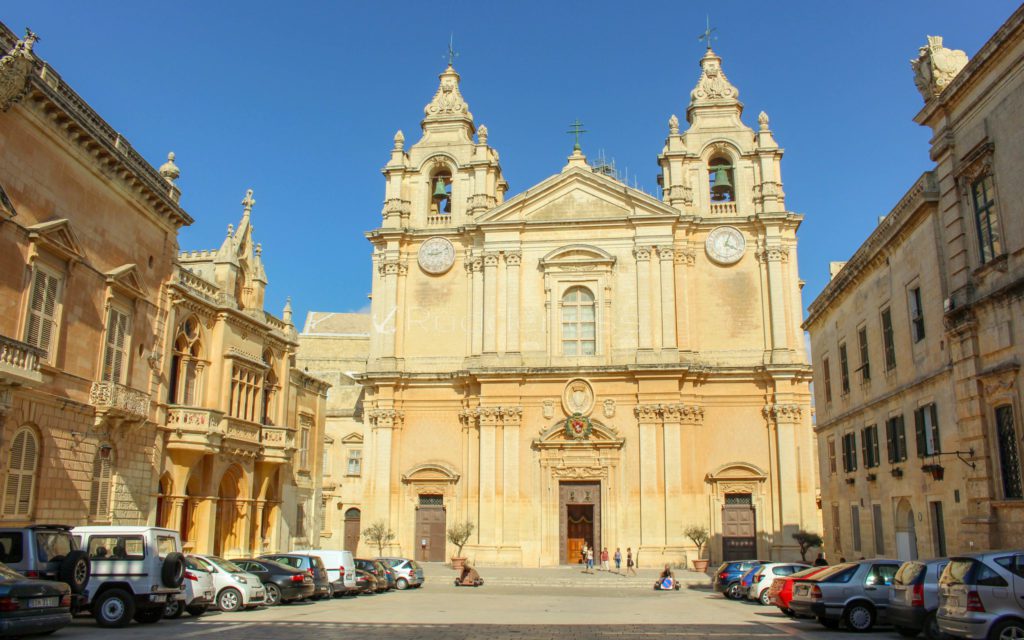
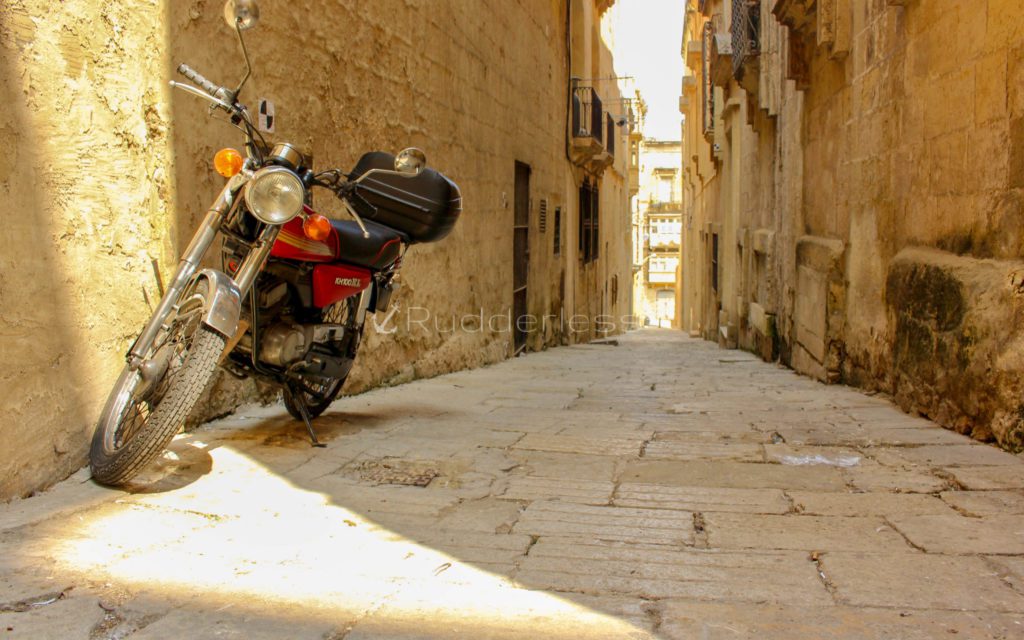
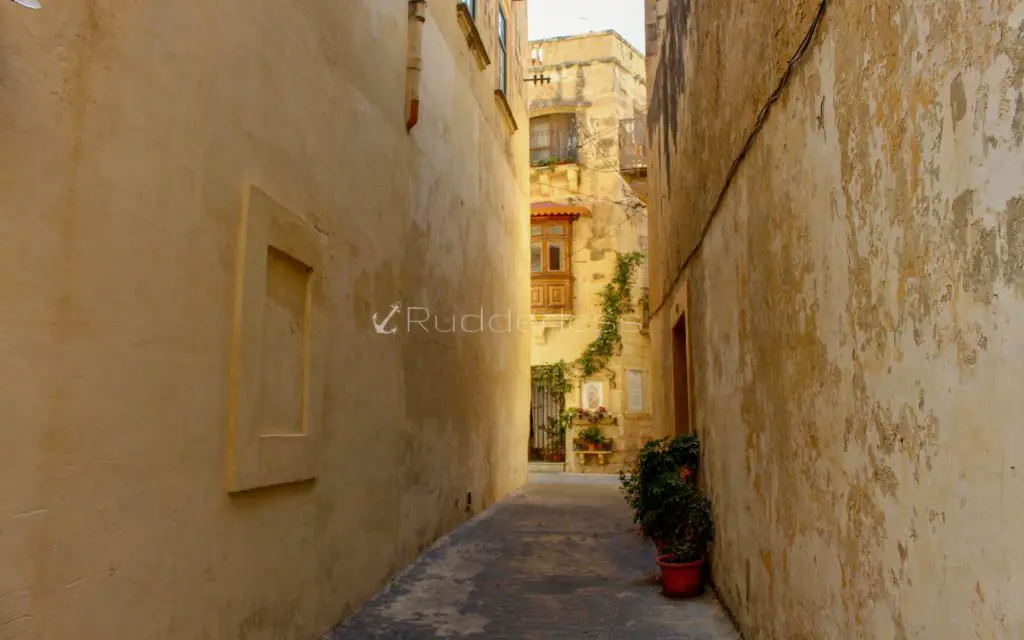
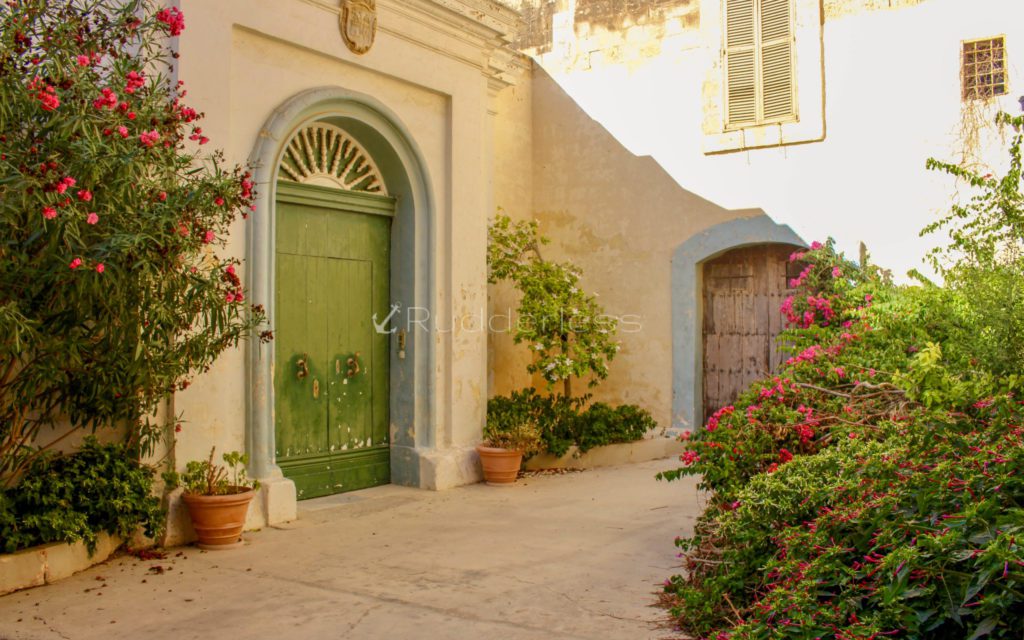
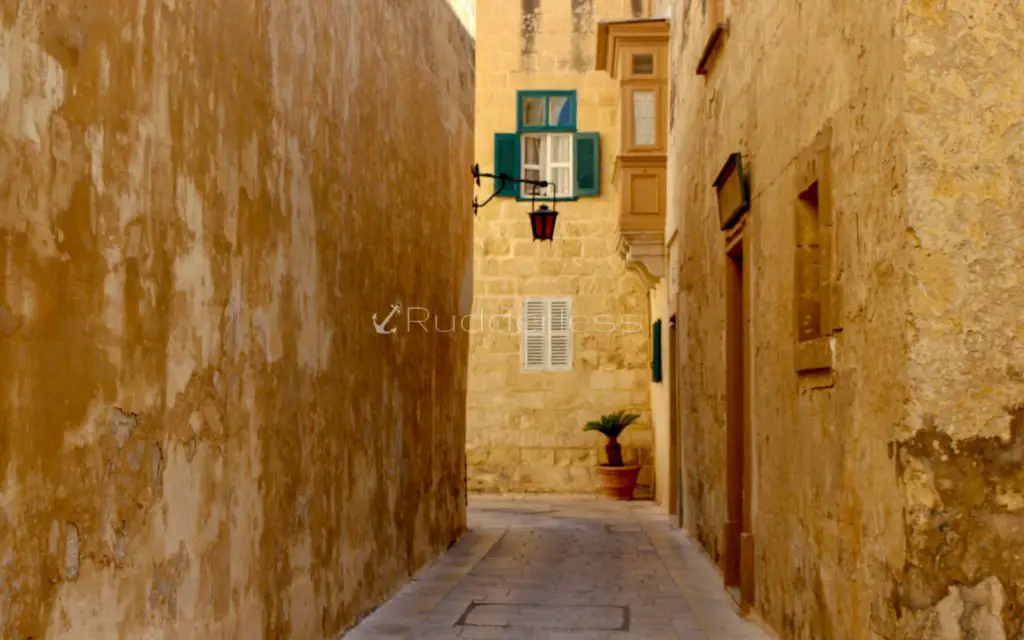
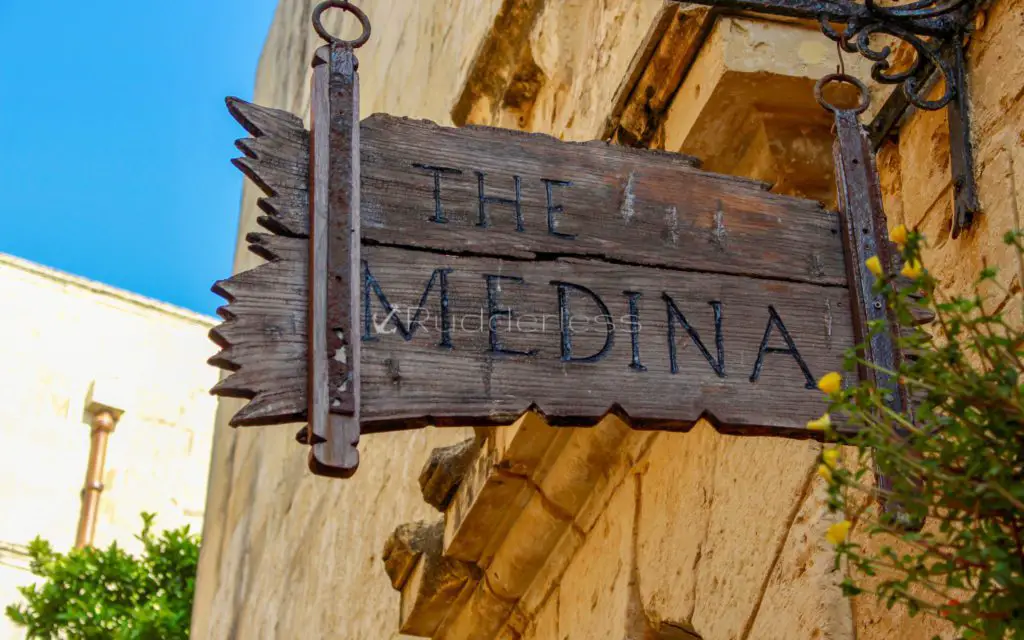
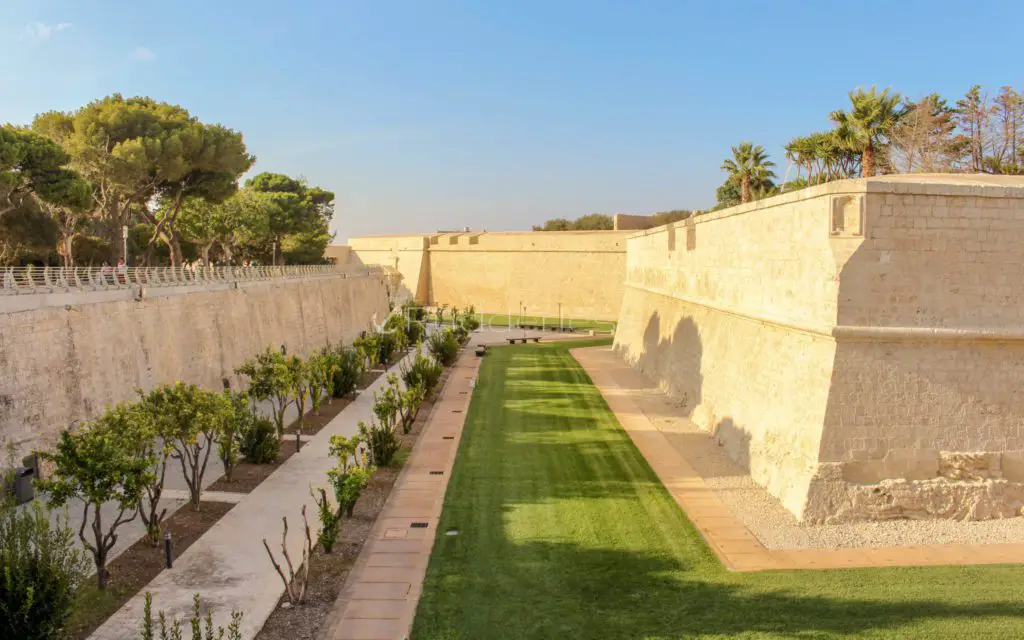
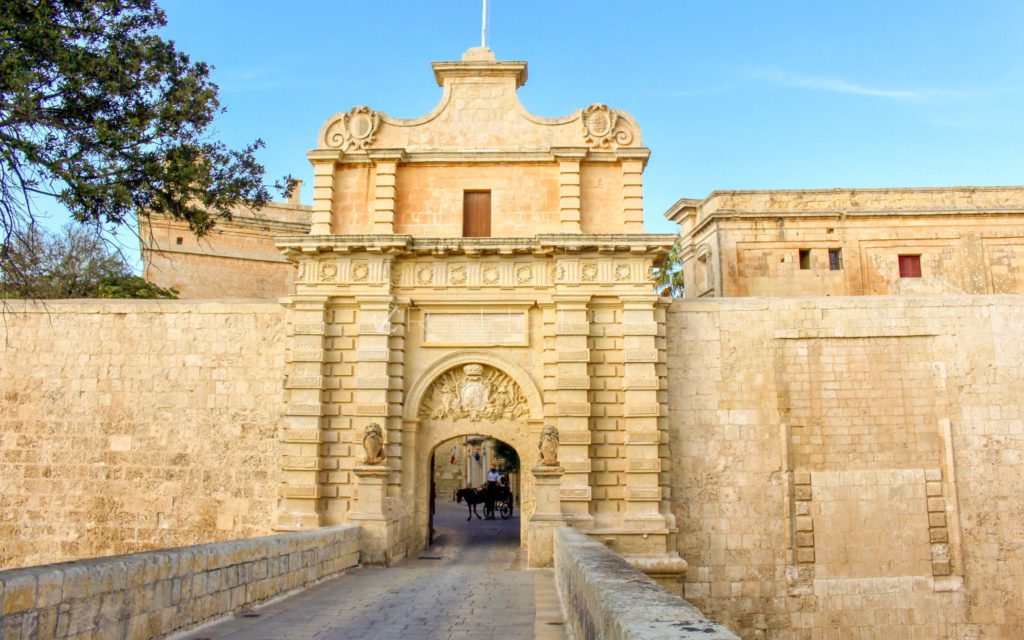
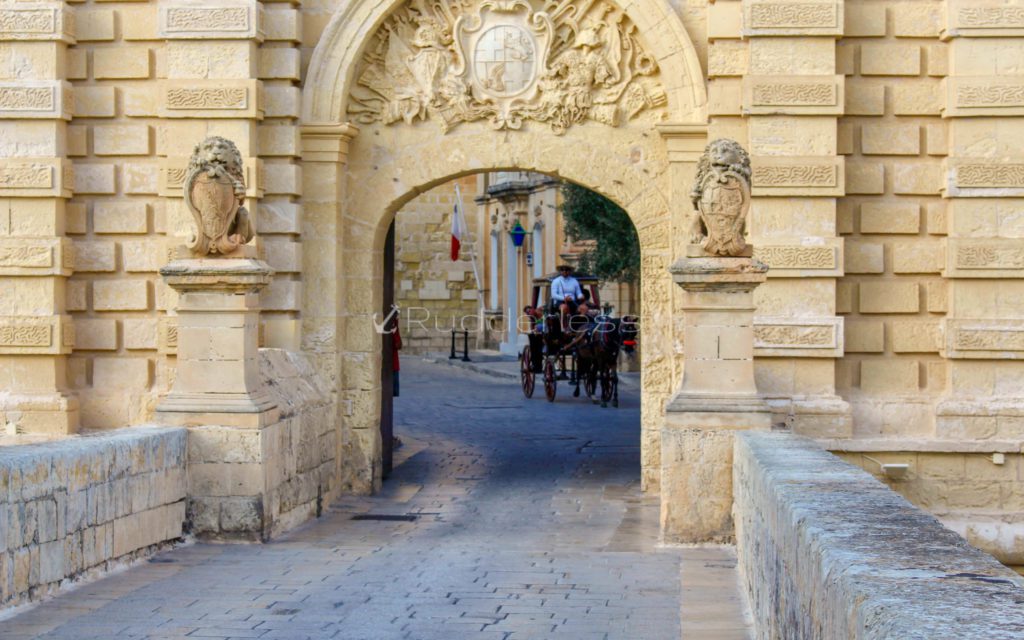
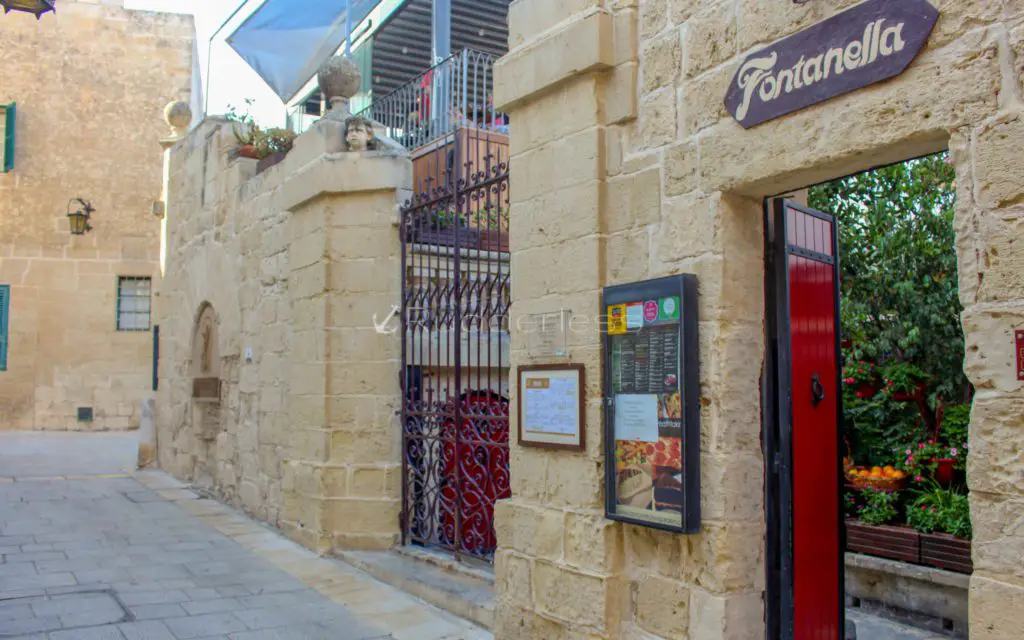
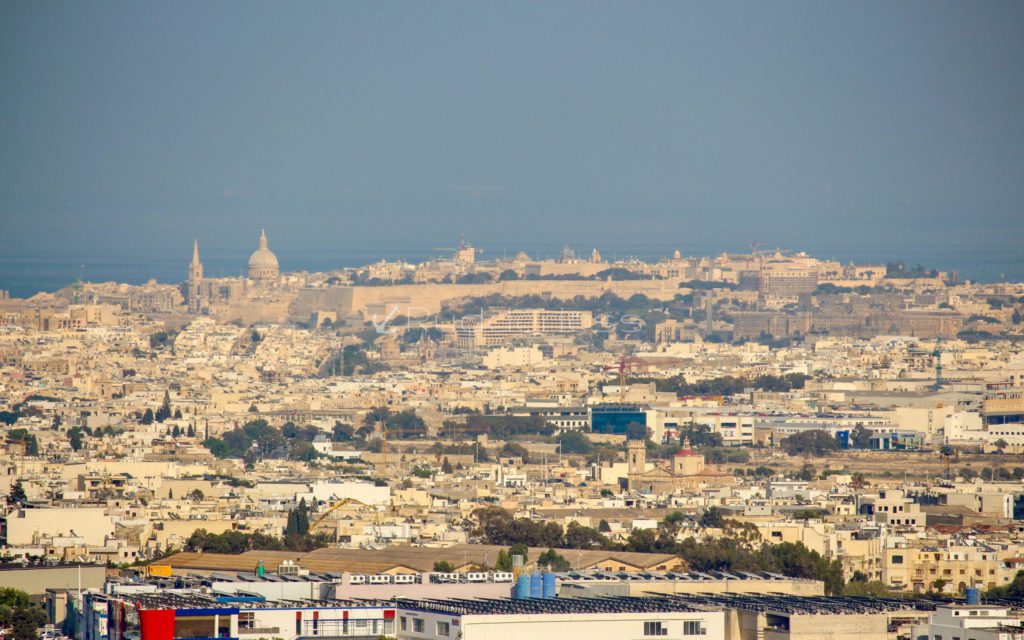
SAN ANTON PALACE
Since we are on the topic of Game of Thrones, one of the prettiest places to see in Malta is yet another Game of Thrones film location.
Located a few kilometres East of Mdina is San Antonio Palace, the President’s Palace and the poshest area of the Island. Its peaceful gardens, exotic animals and beautiful fountains were used for the courtyard and stable scenes on GoT.
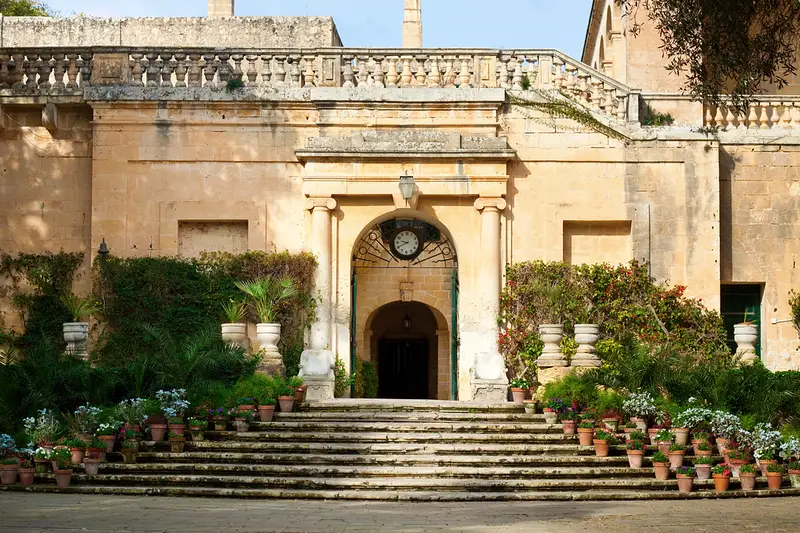
WHAT TO SEE IN MALTA IN 3 DAYS
COMINO
Situated between Malta’s main island and the island of Gozo is the smaller island of Comino. The island, for the most part, is uninhabited with the exception of one hotel. This natural setting brings in adventure seekers, hikers and nature lovers. It is also a paradise for snorkelers, divers and windsurfers.
Find out how to choose the best Snorkelling gear HERE.
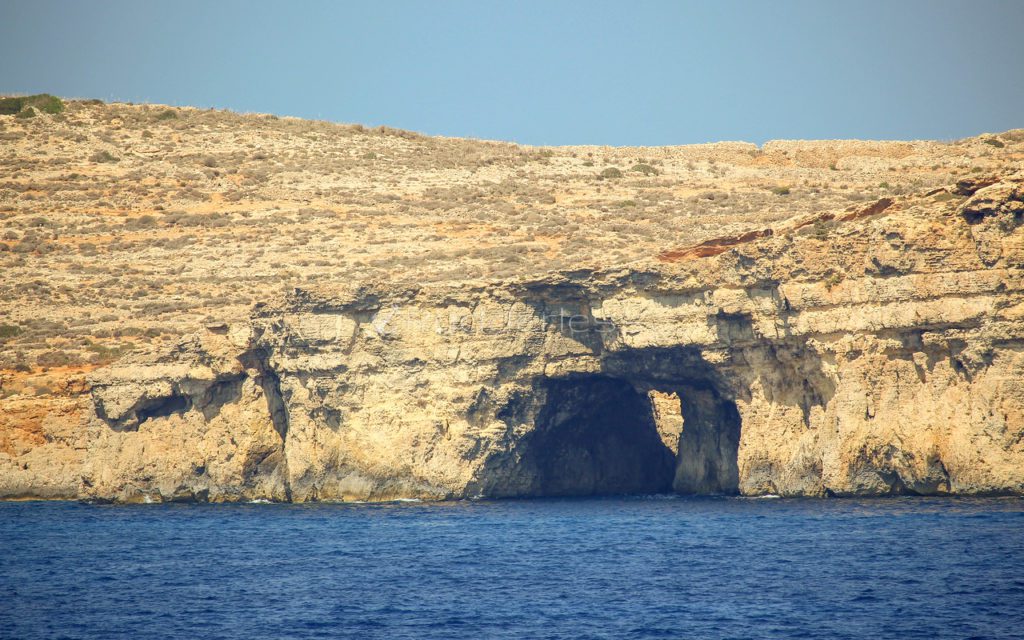
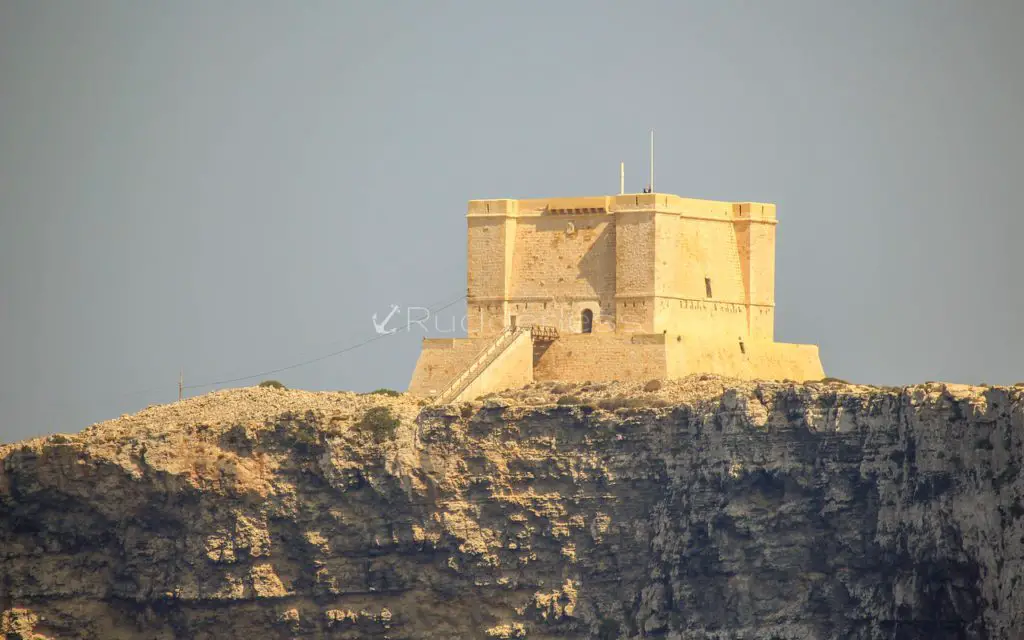
THE CITADEL & CATHEDRAL OF THE ASSUMPTION
The Citadel/Cittadella is built on a promontory in the centre of and overlooking the city of Victoria. Naturally, the location was chosen because of its defensible hill above the countryside with views of the coastline.
The Cathedral of the Assumption is a Roman Catholic cathedral inside the Citadel, dedicated to the Assumption of Mary. It is the seat of the Roman Catholic Diocese of Gozo and built-in Baroque architecture.
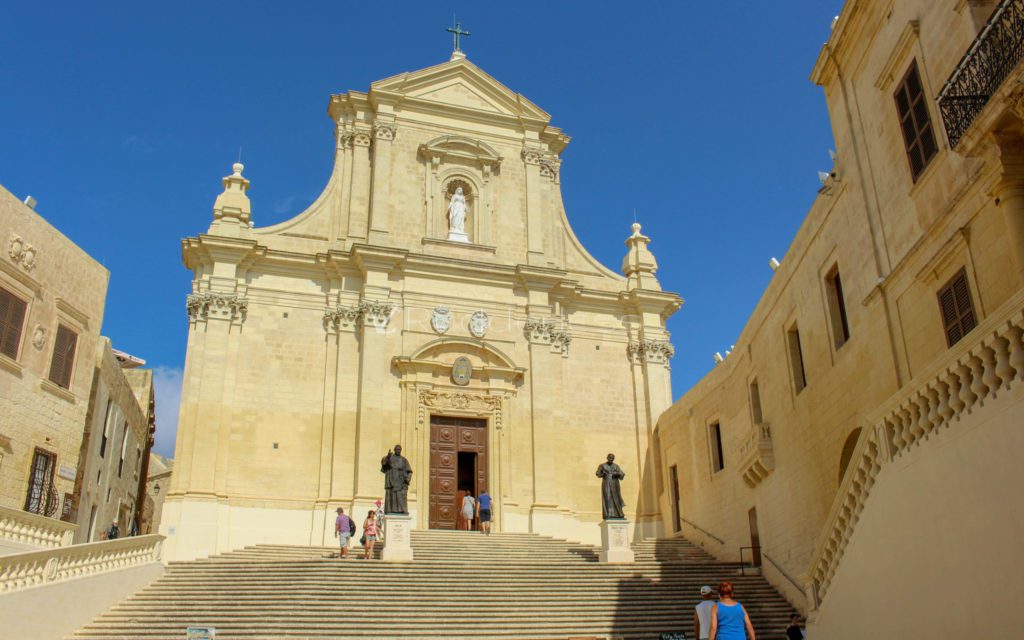
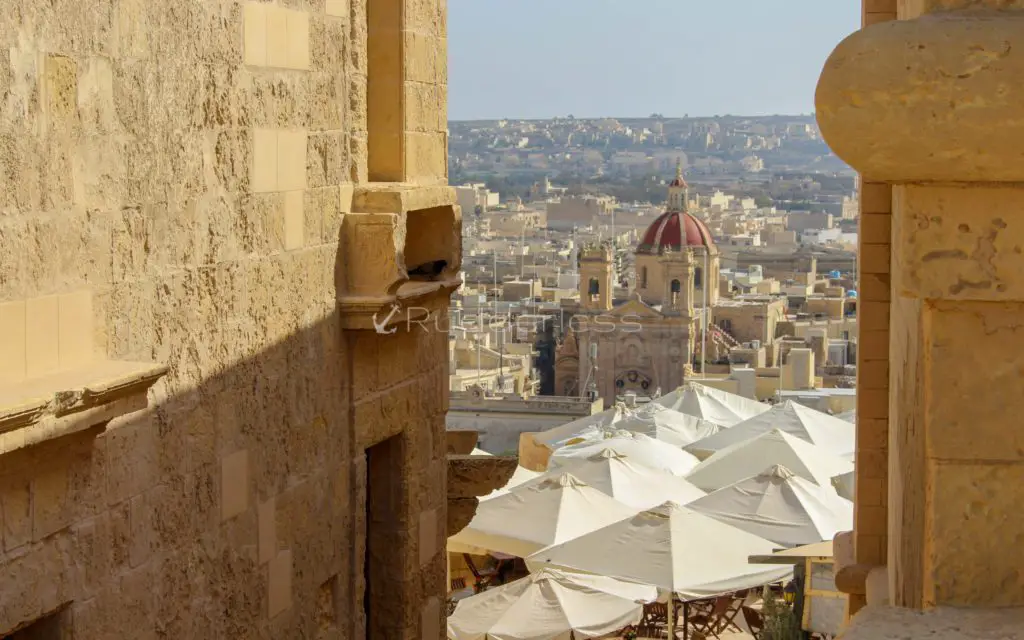
AZURE WINDOW
On day three I opted to one of Malta’s other Islands, Gozo, simply to see the Azure Window. One of the GoT’s famous marriage scenes takes place before it which I talk about more here: The Ultimate Game Of Thrones Malta Locations.
I almost decided not to see it because it was getting late and I still needed to catch a ferry and a taxi back to Valletta.
At the last second, I changed my mind and headed out to see the Azure Window. Good thing I did!
About six months later the Azure Window collapsed and was lost to the sea. I ended up with amazing memories and drone videos/photos that are absolutely priceless! Between Comins, Gozo and the main island, Malta is one of the best islands in Europe
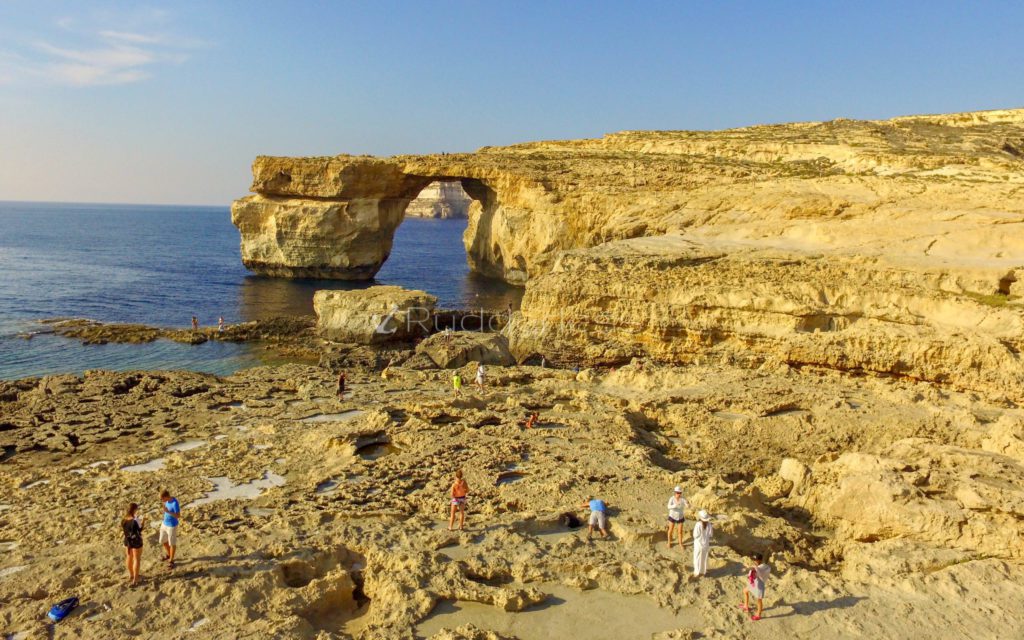
I wasn’t really sure what to expect here in Malta as it was never really a destination I heard people talking about.
I can’t even begin to express how beautiful this place is in words. The weather was absolutely beautiful, the island is like a giant sandbox filled with incredible forts, and churches and architecturally impressive structures, that have stood the test of time.
I have made a promise to my Airbnb host that I will return one day with Gordana
I can’t wait to deliver on that promise!

